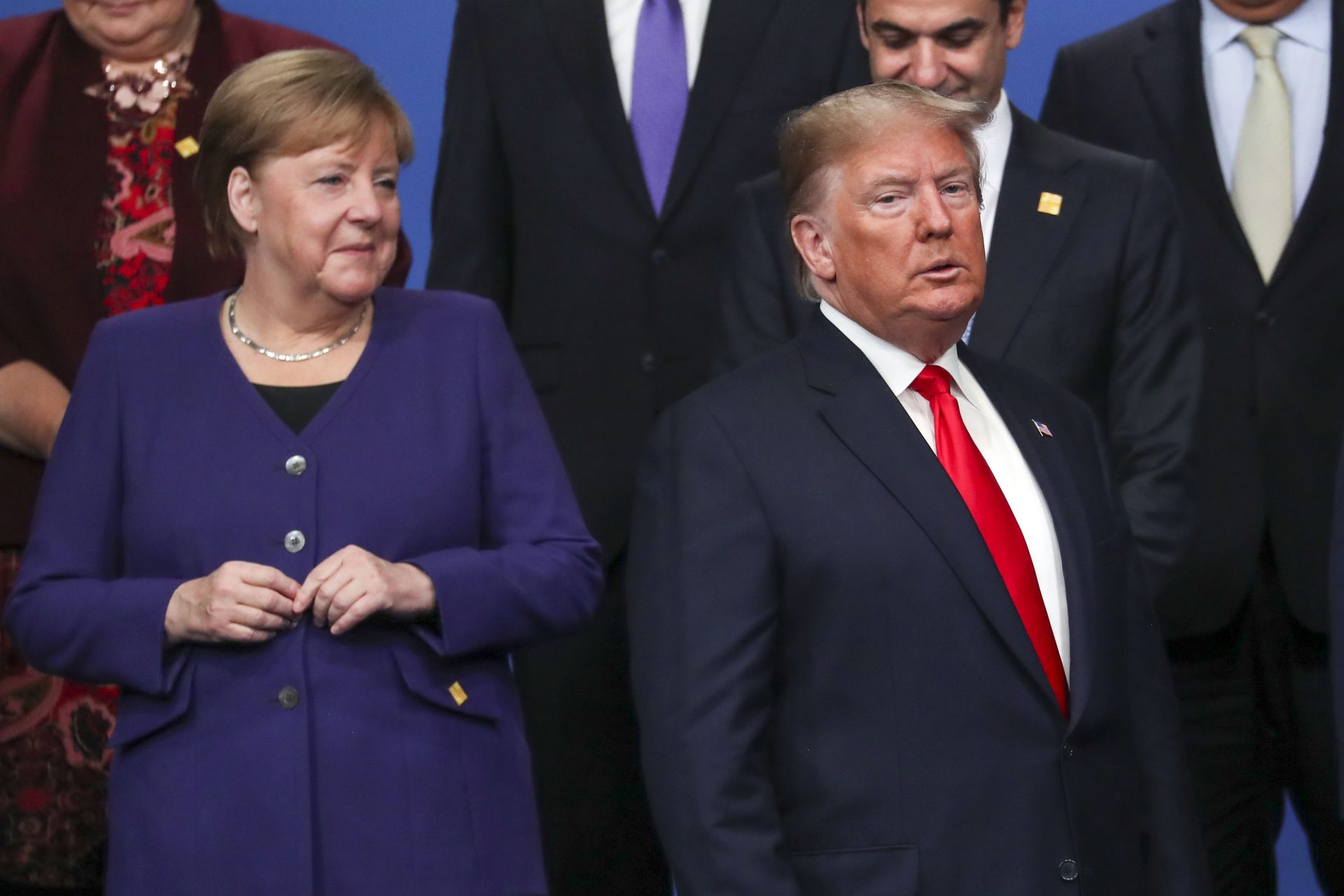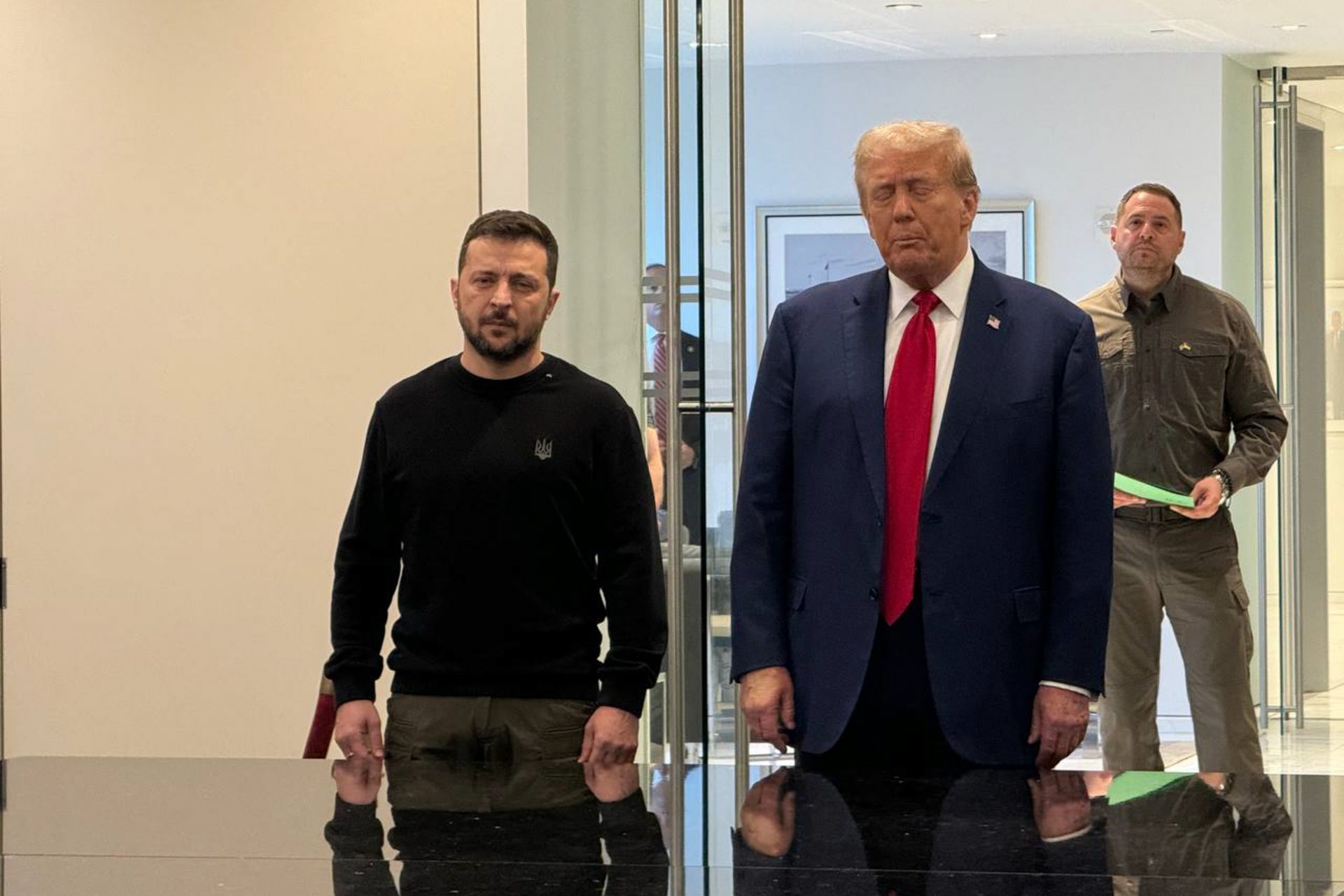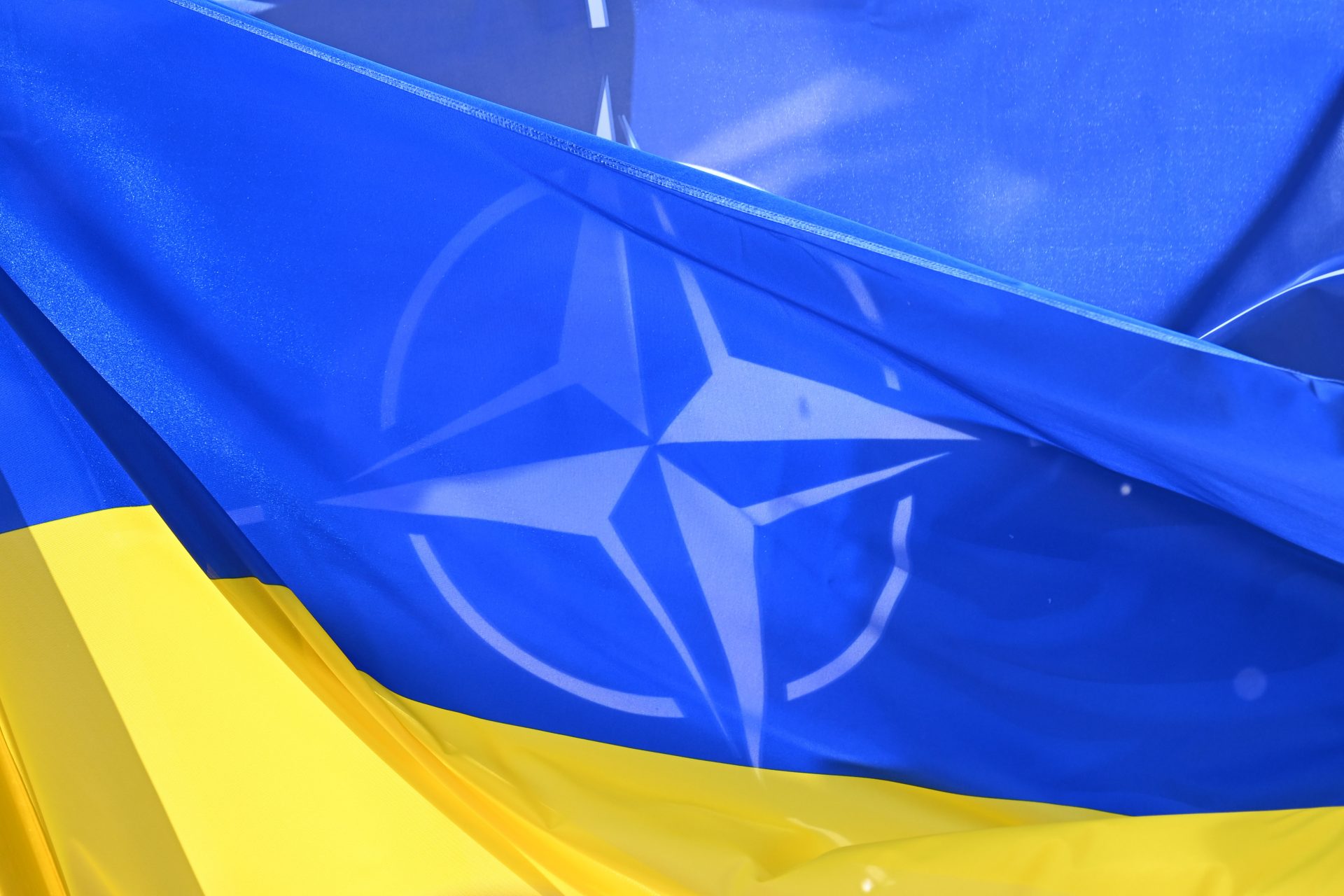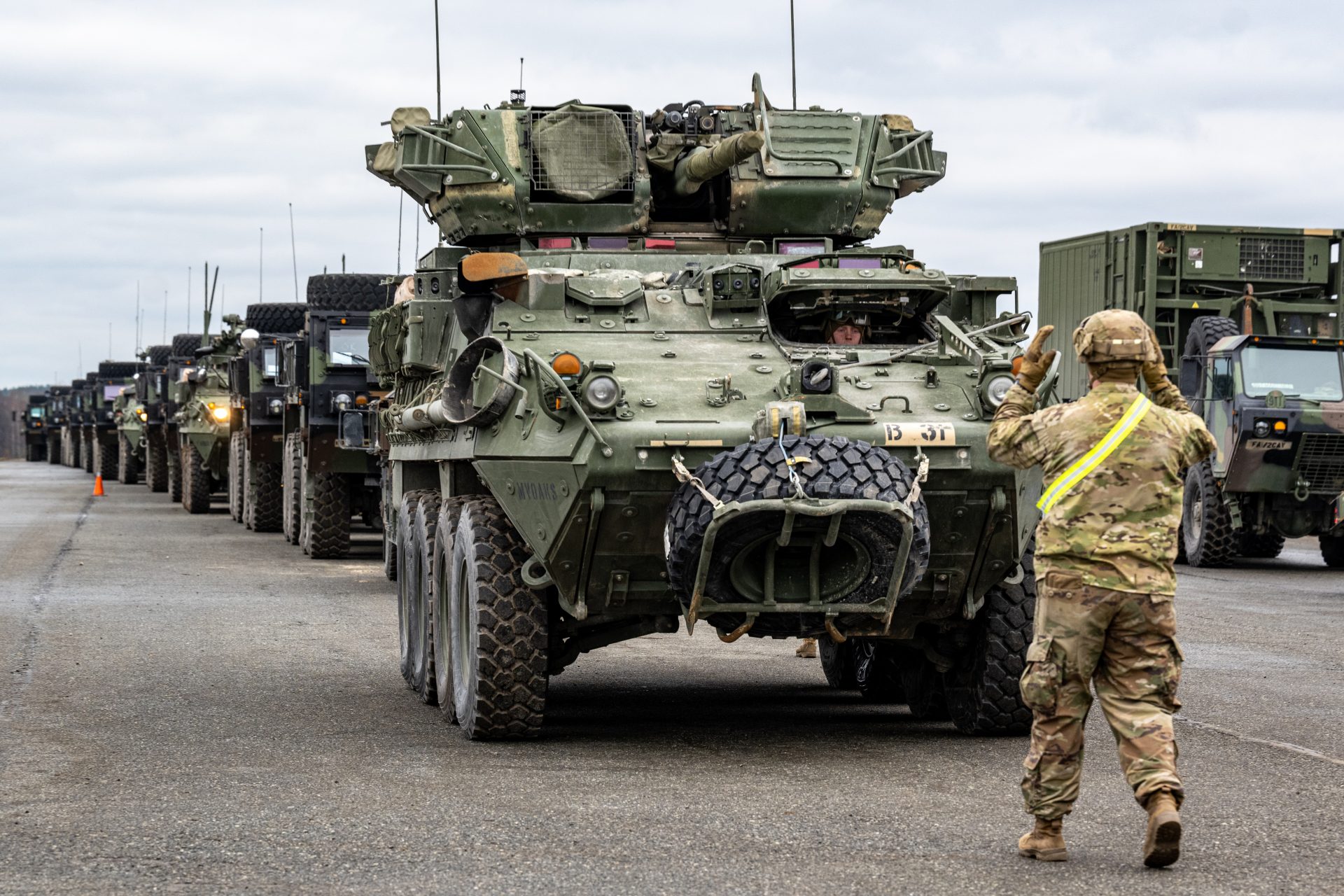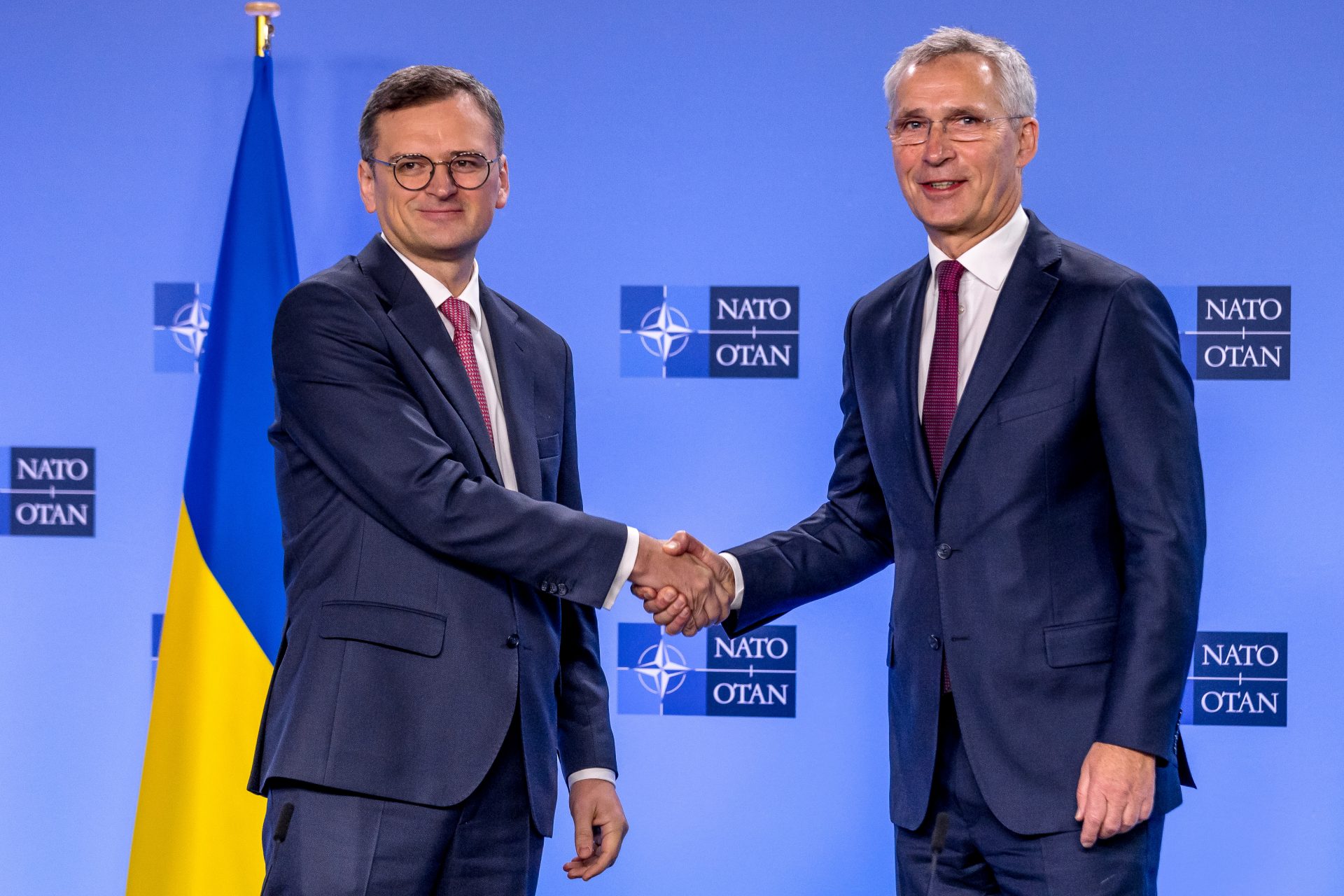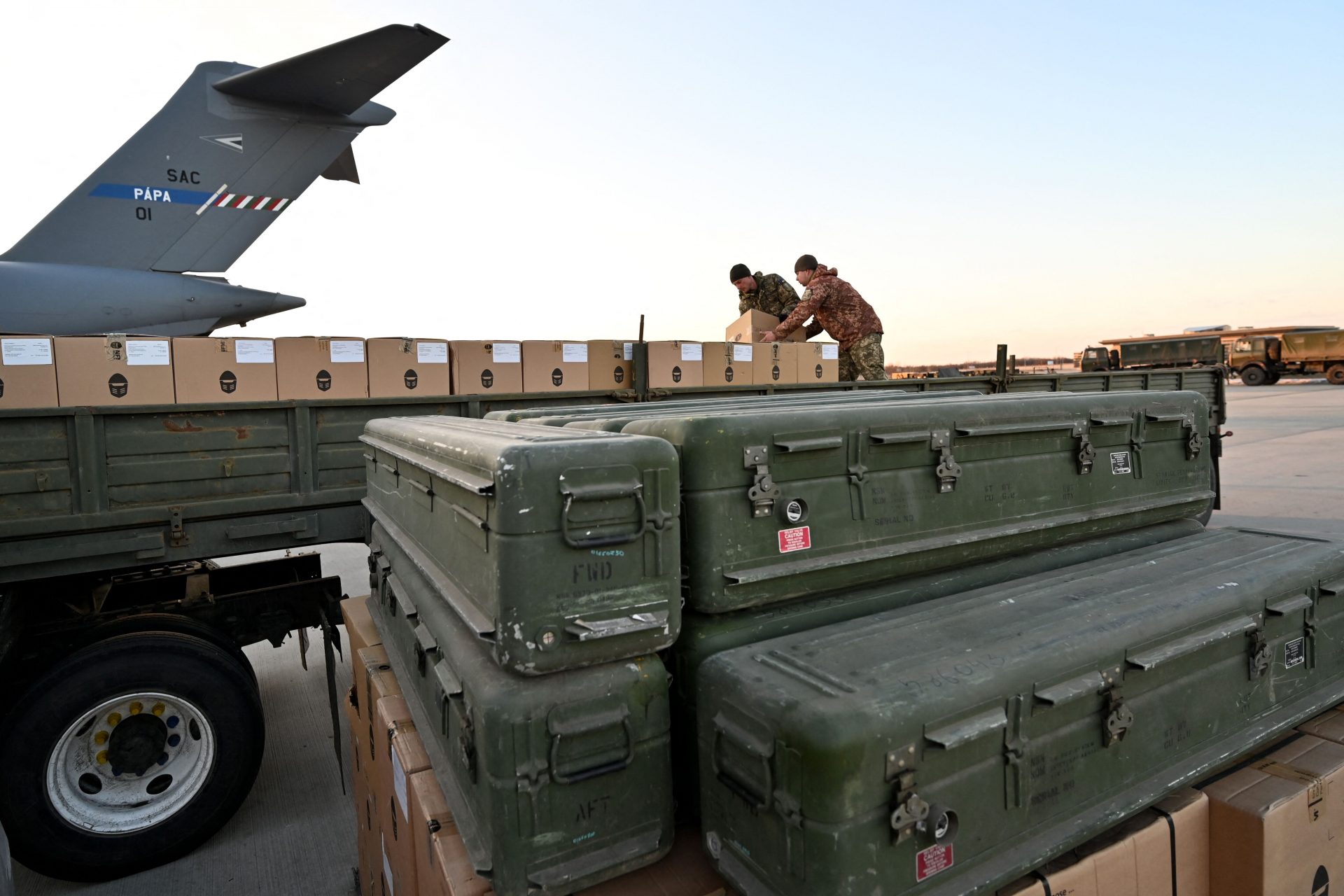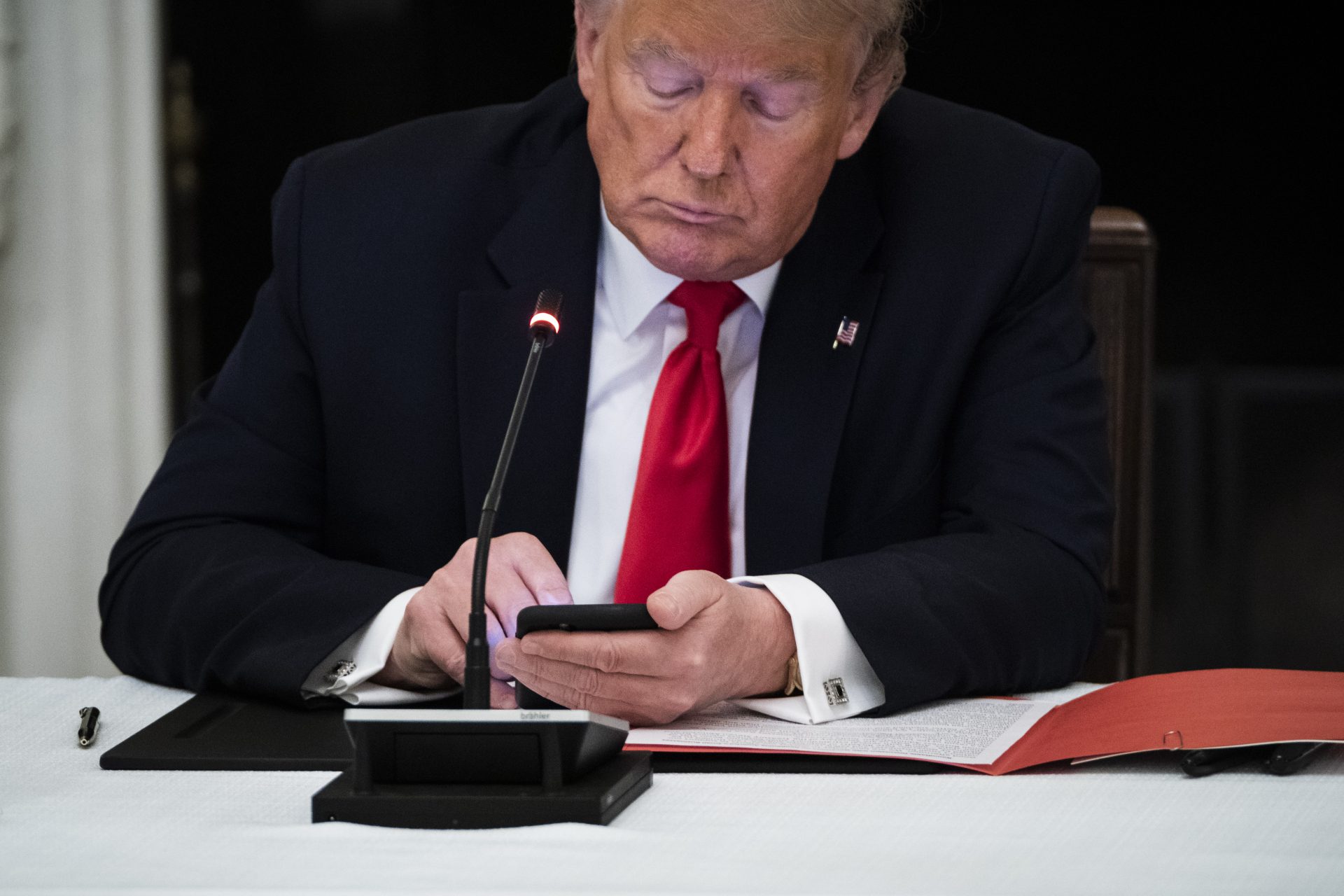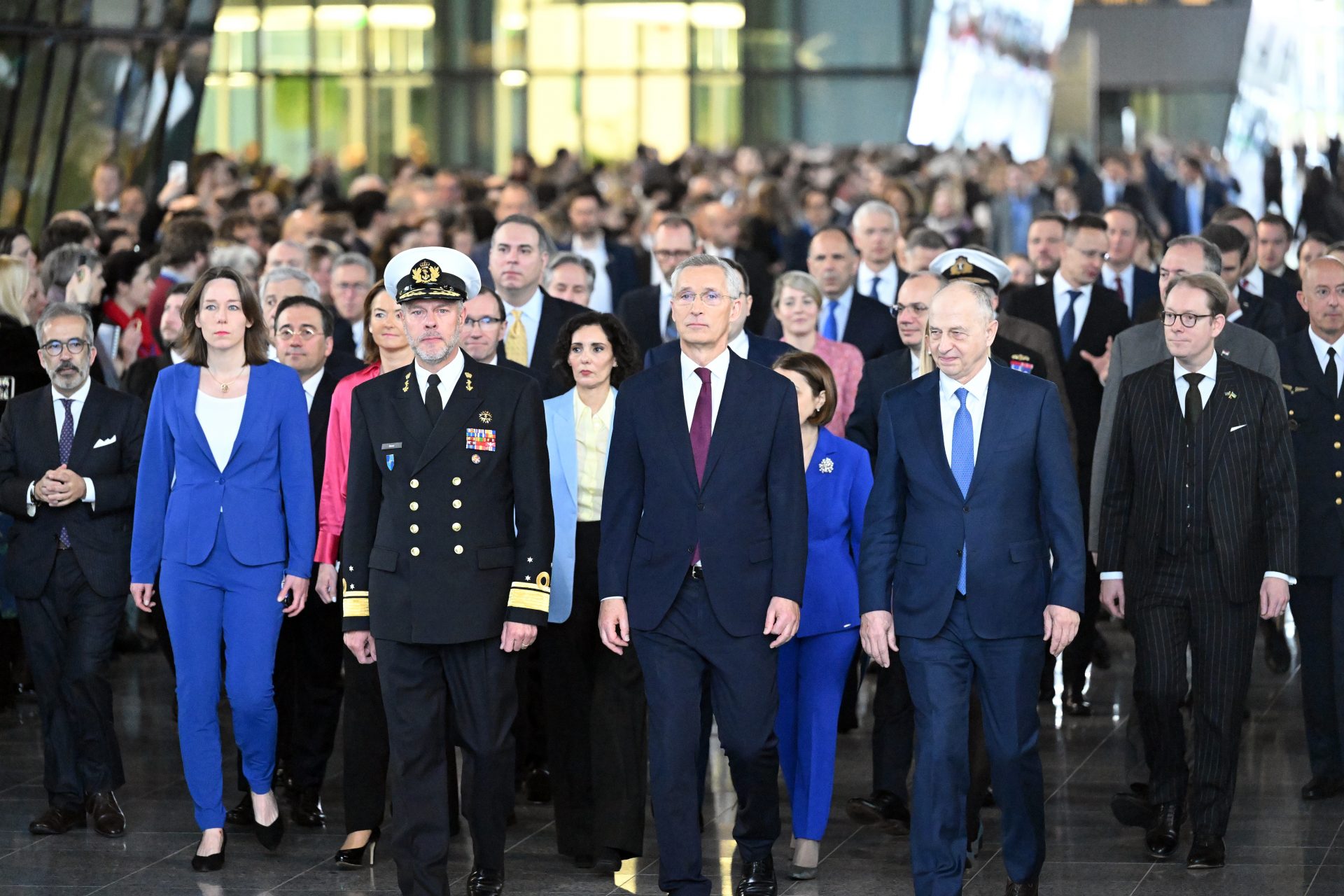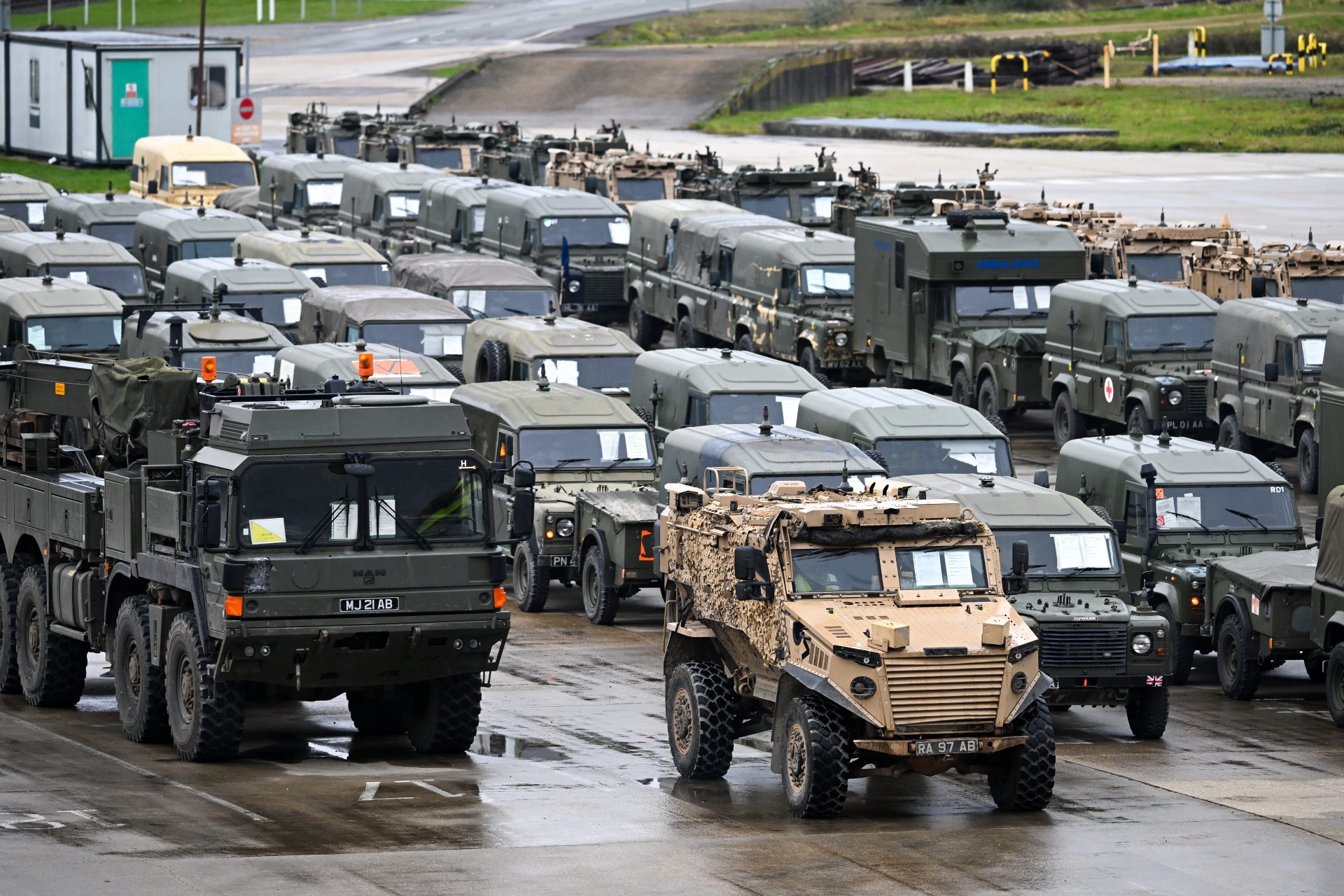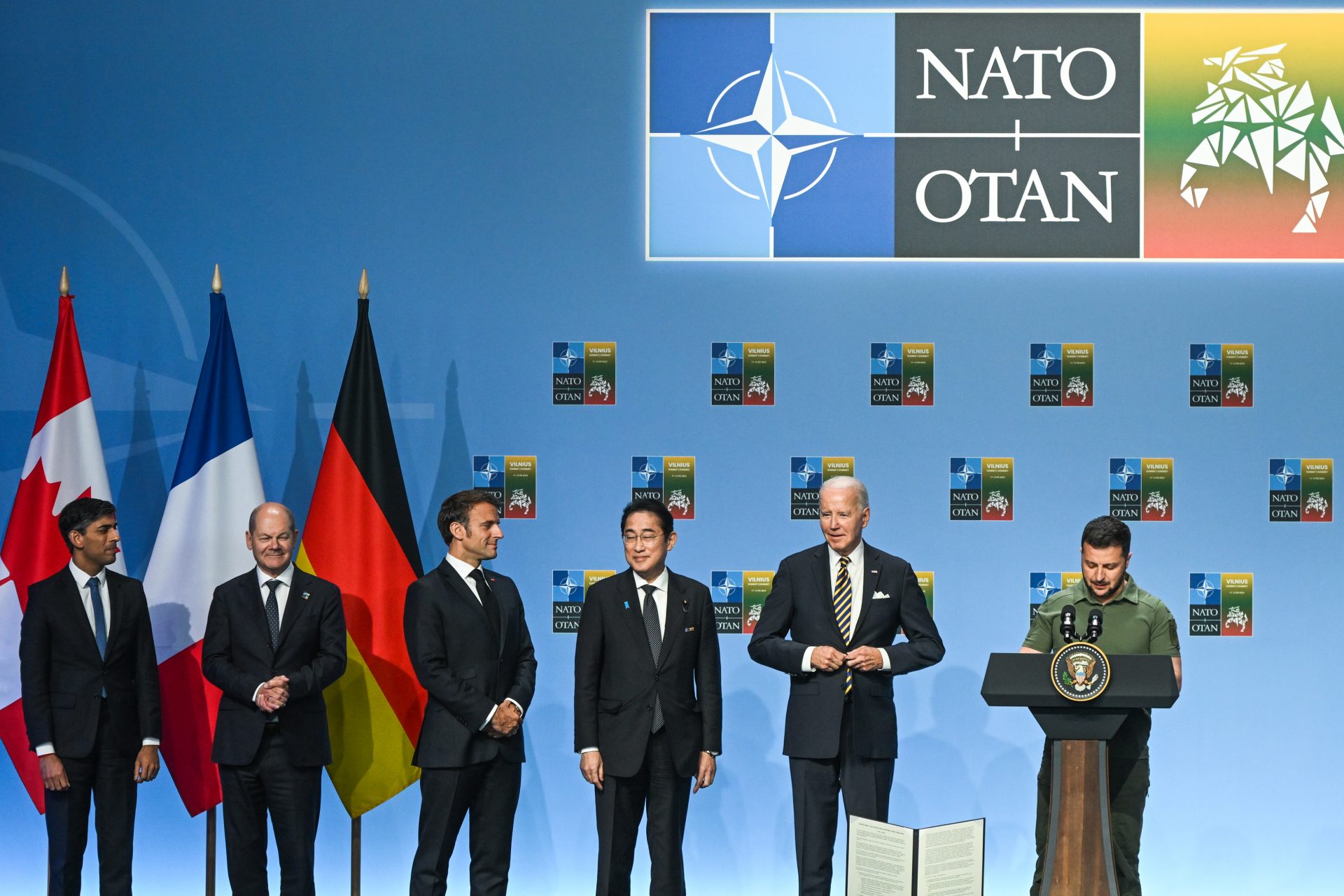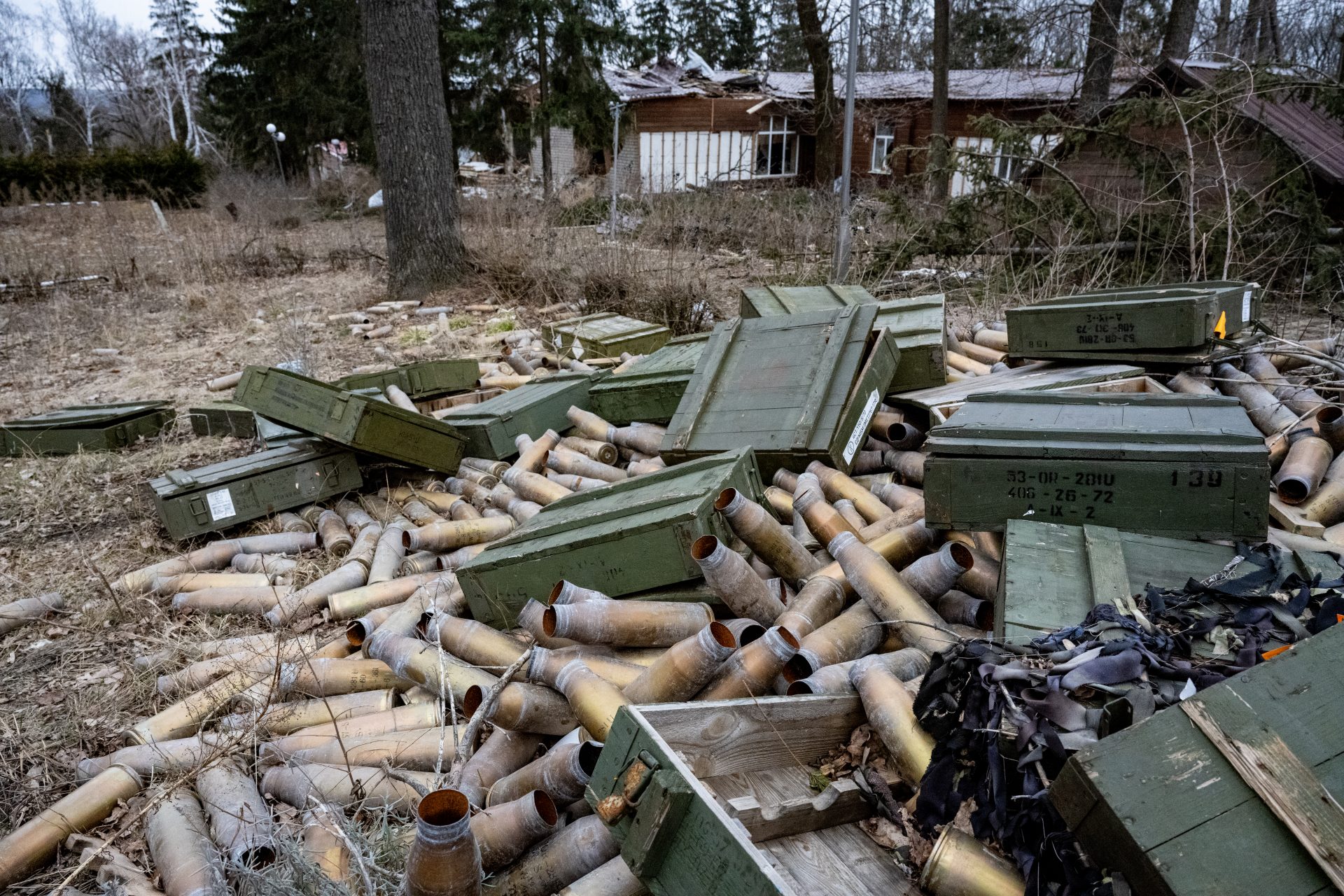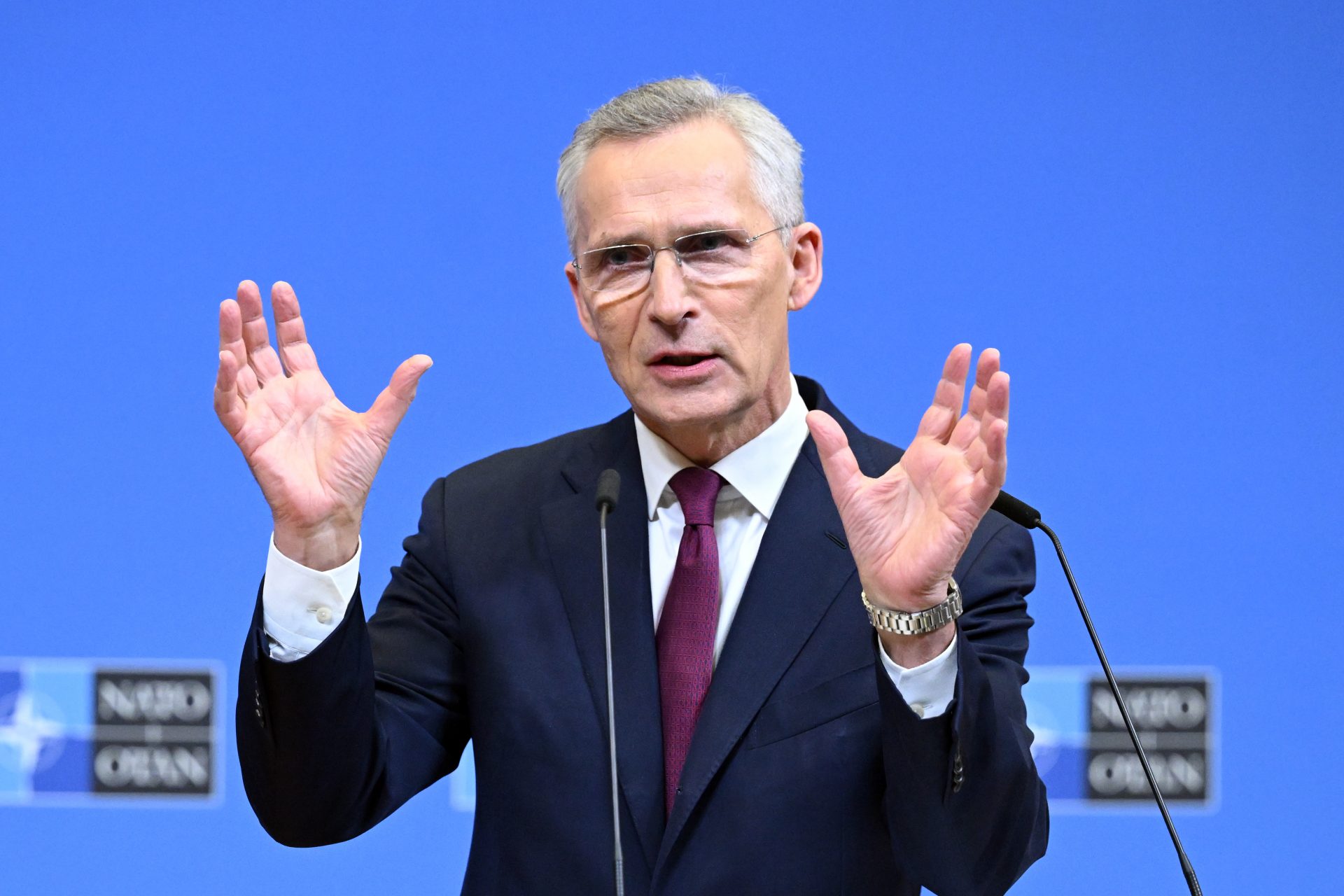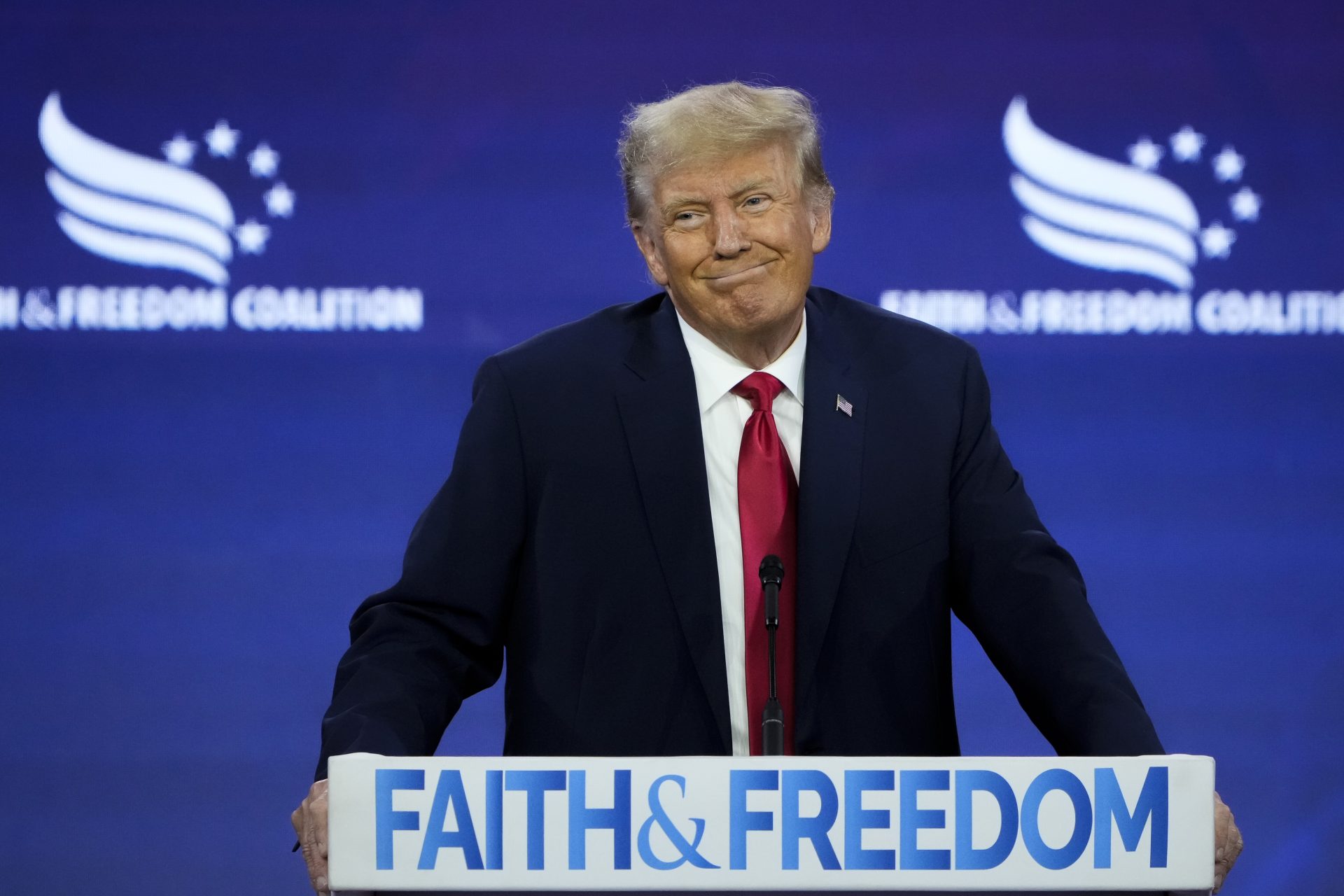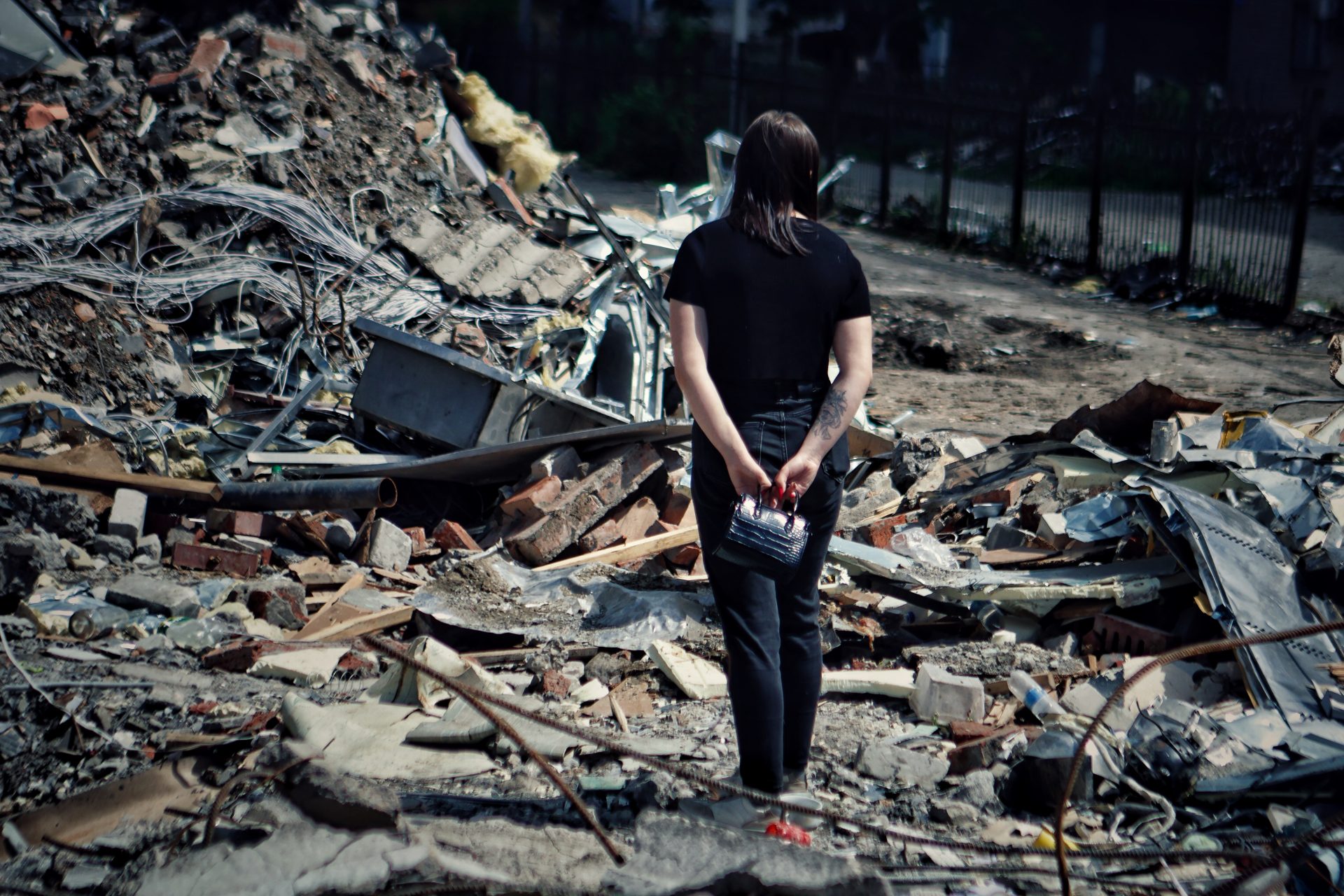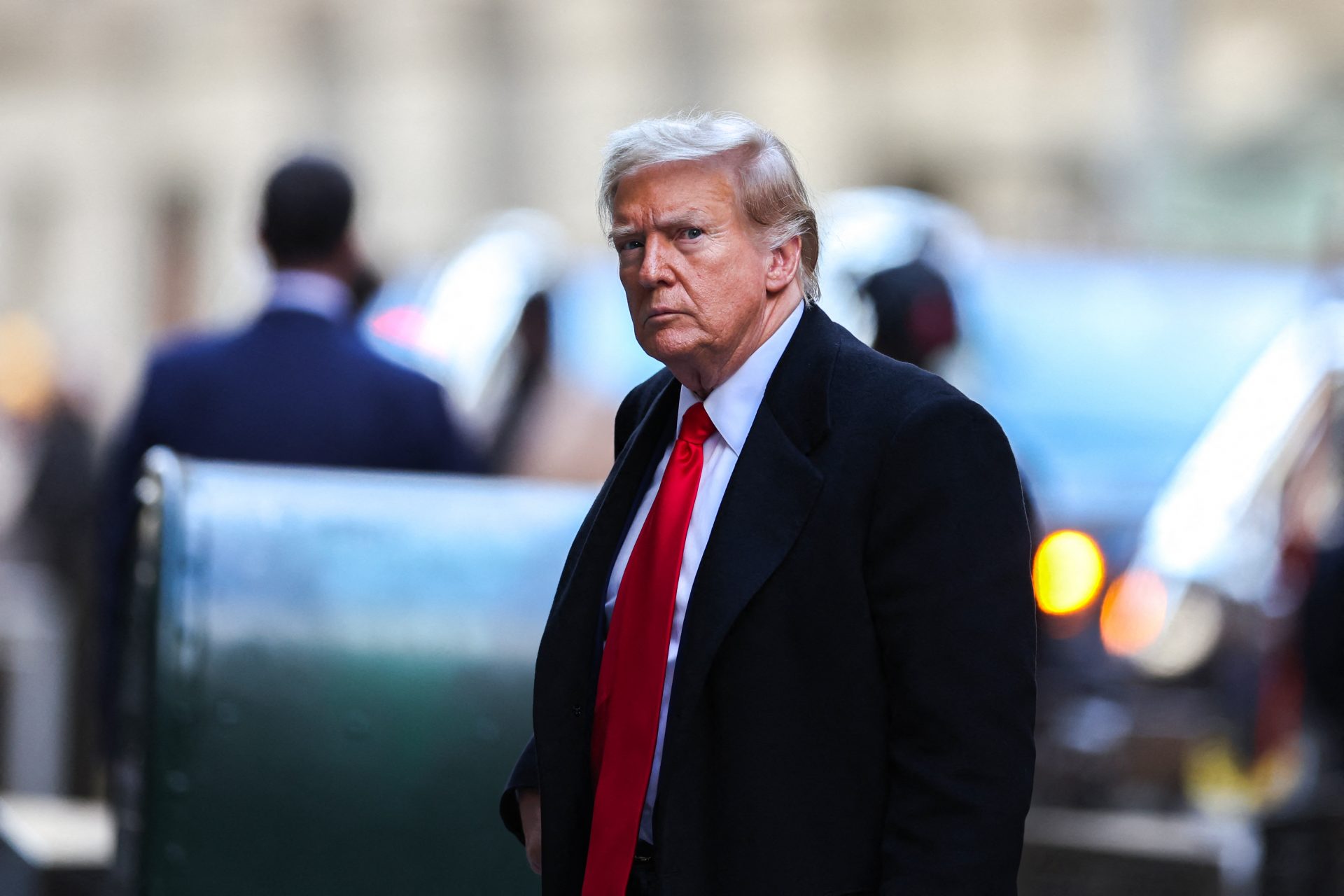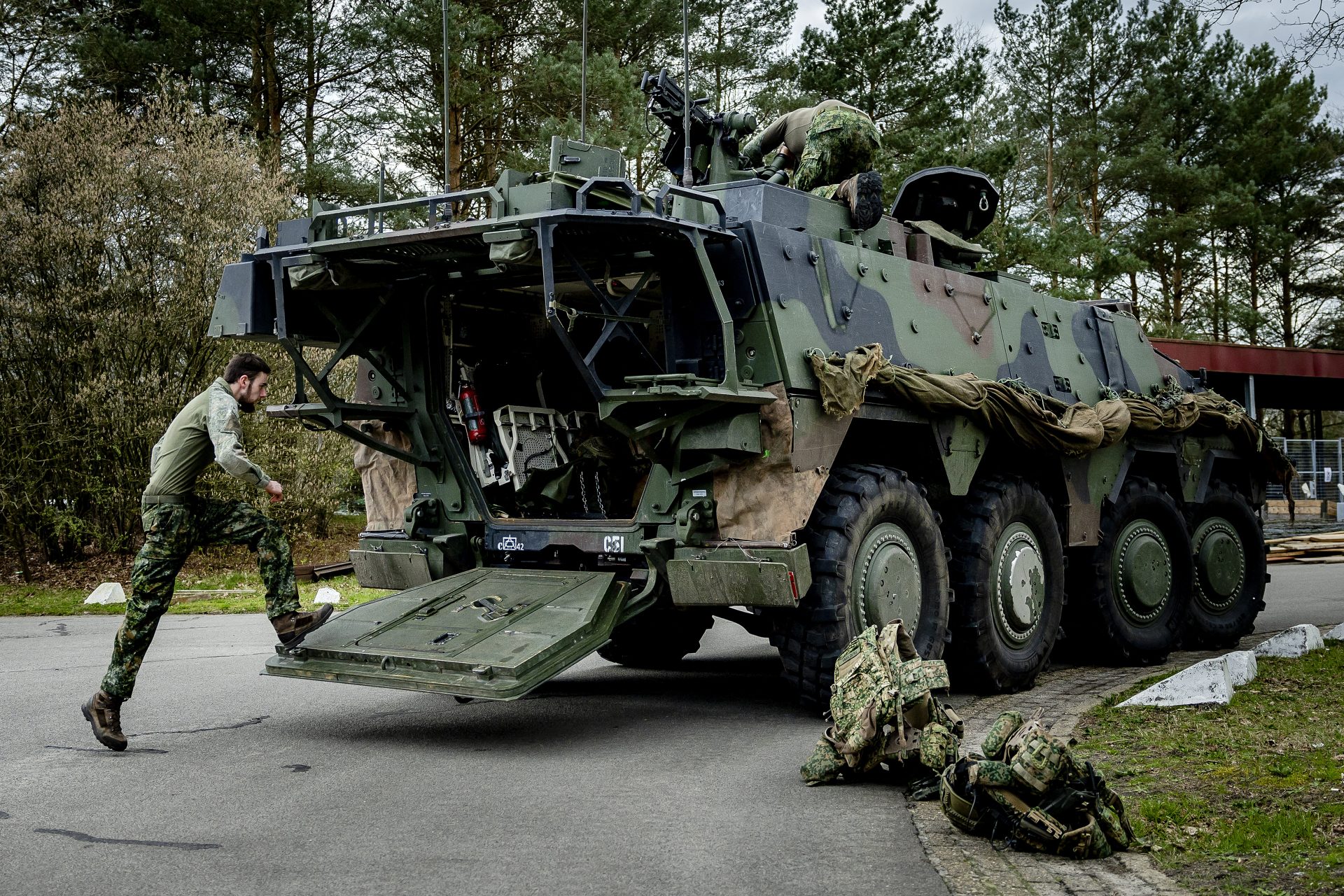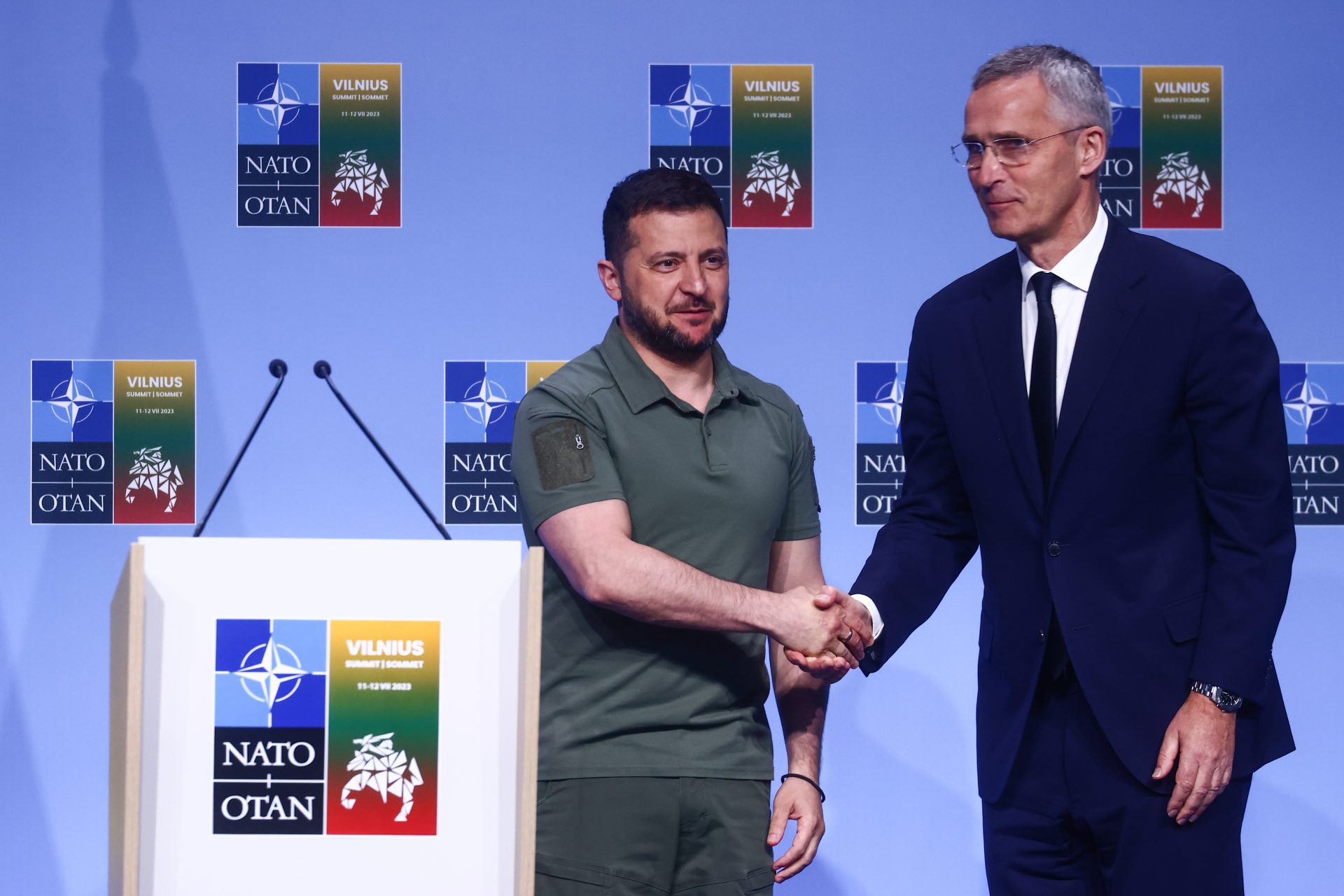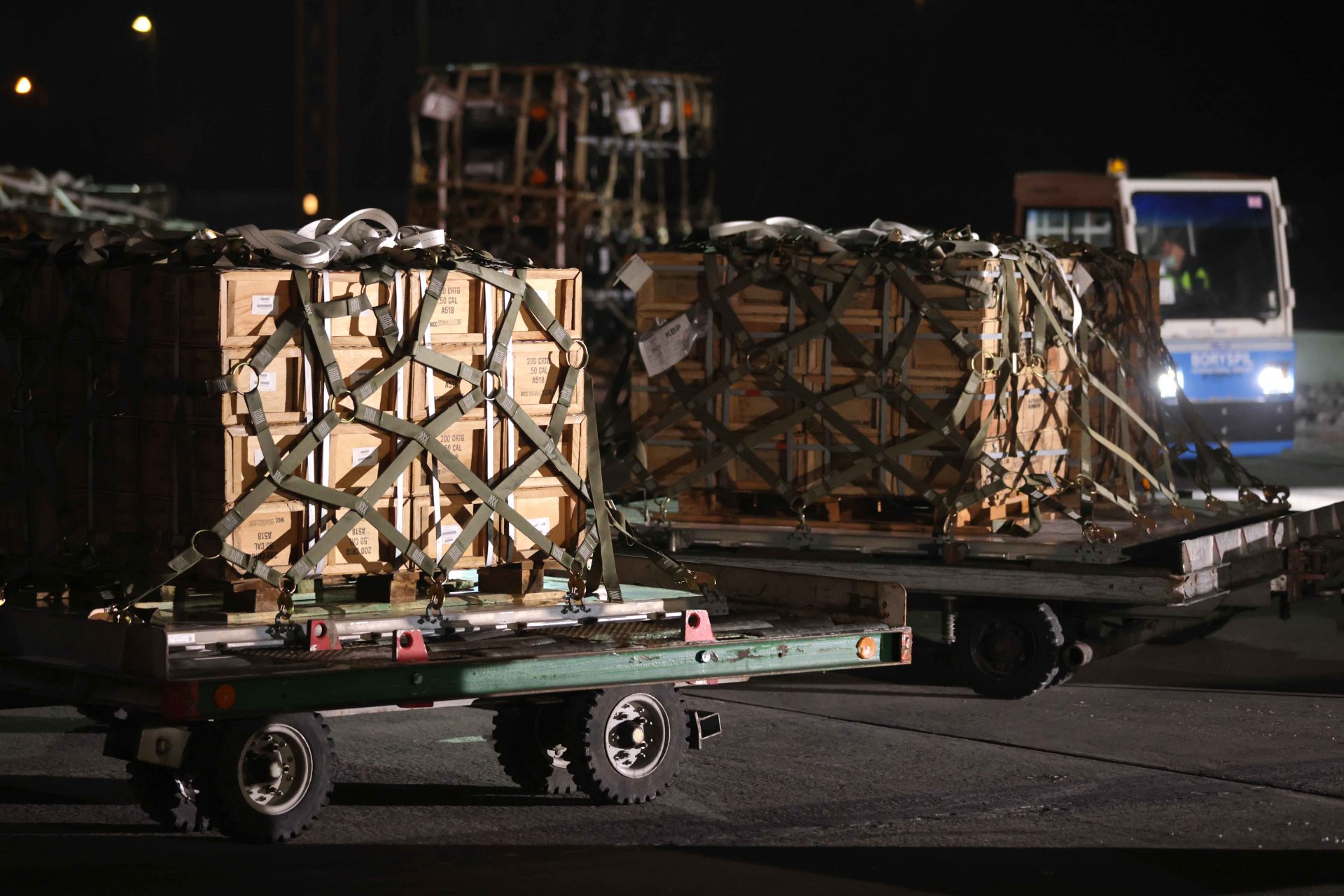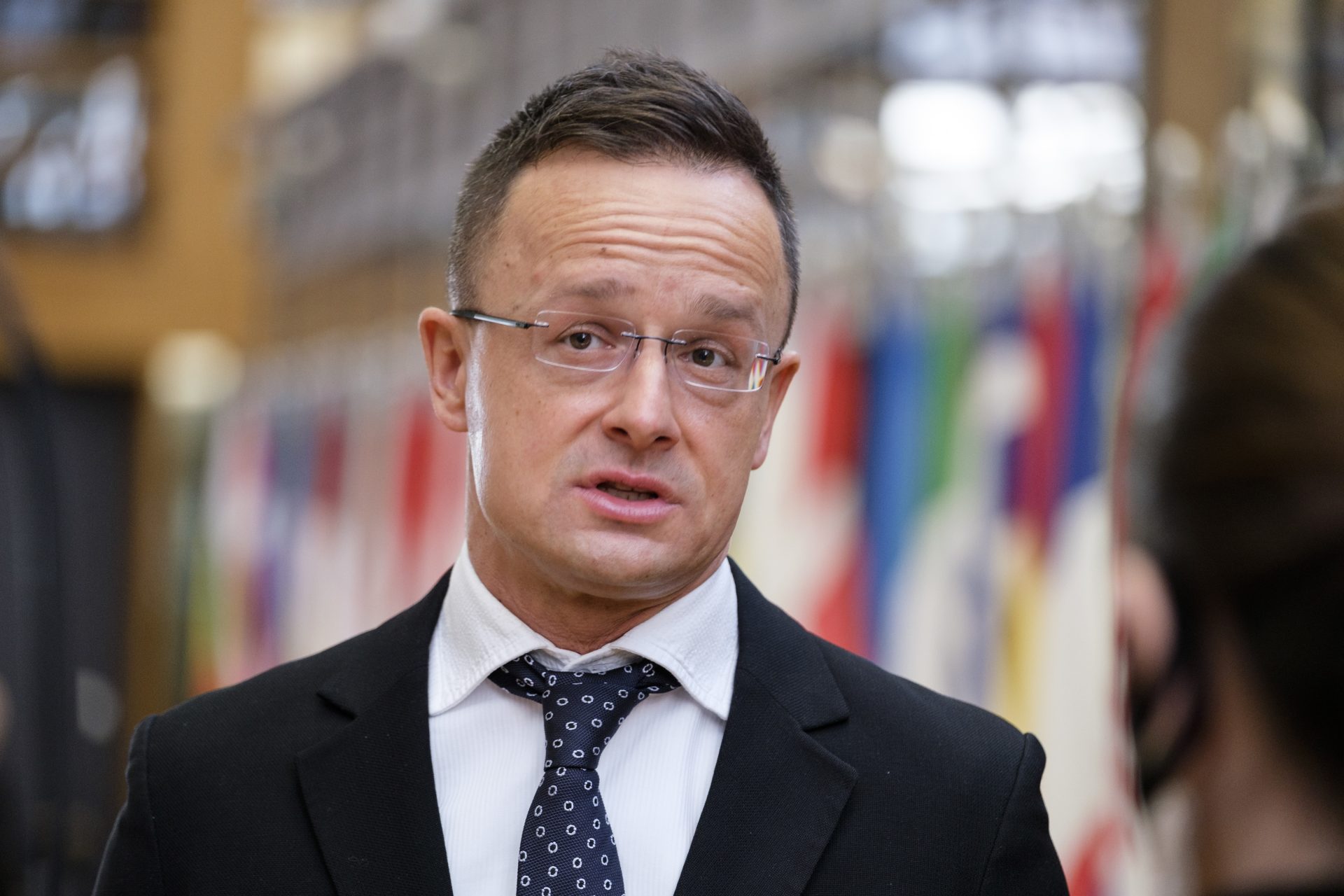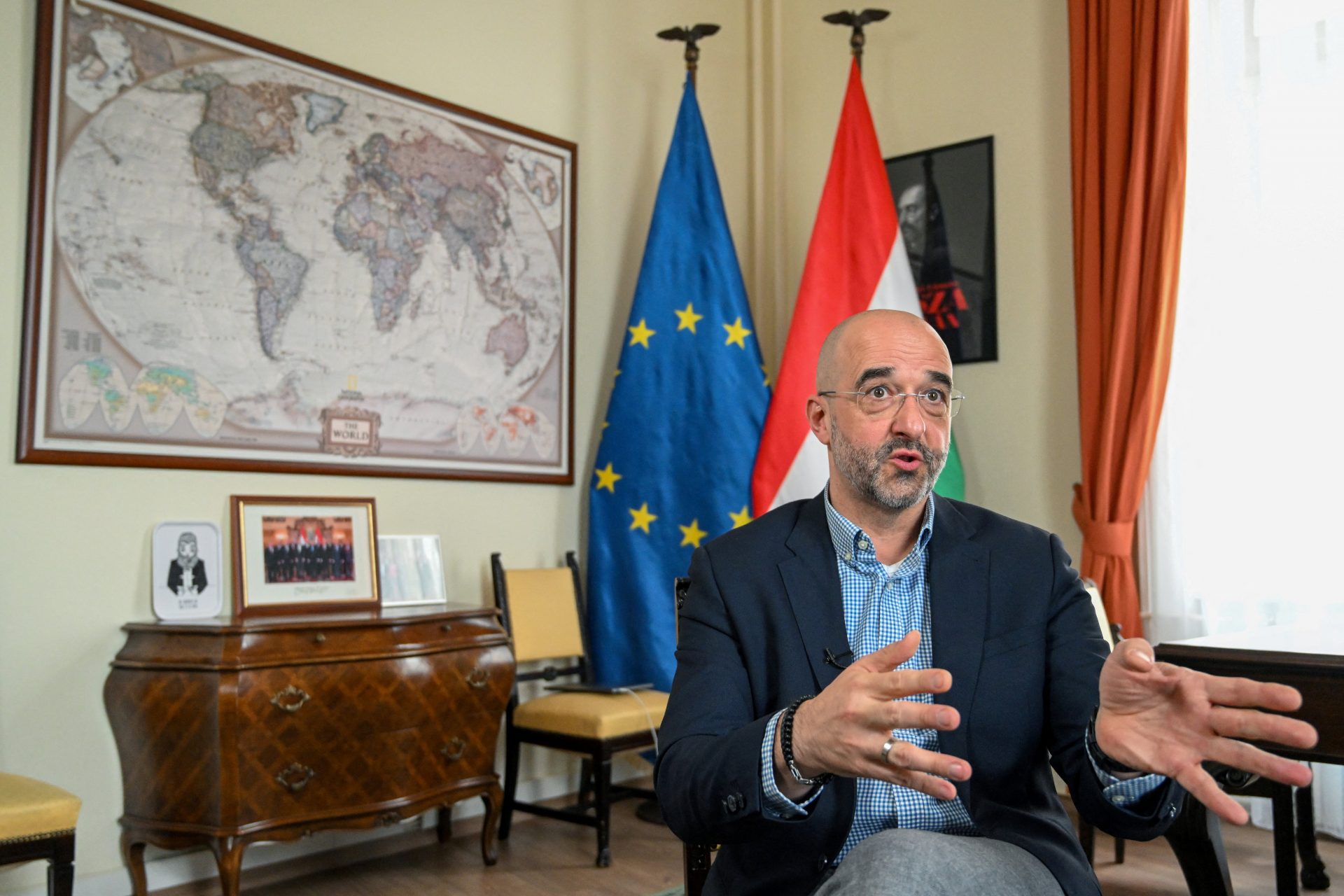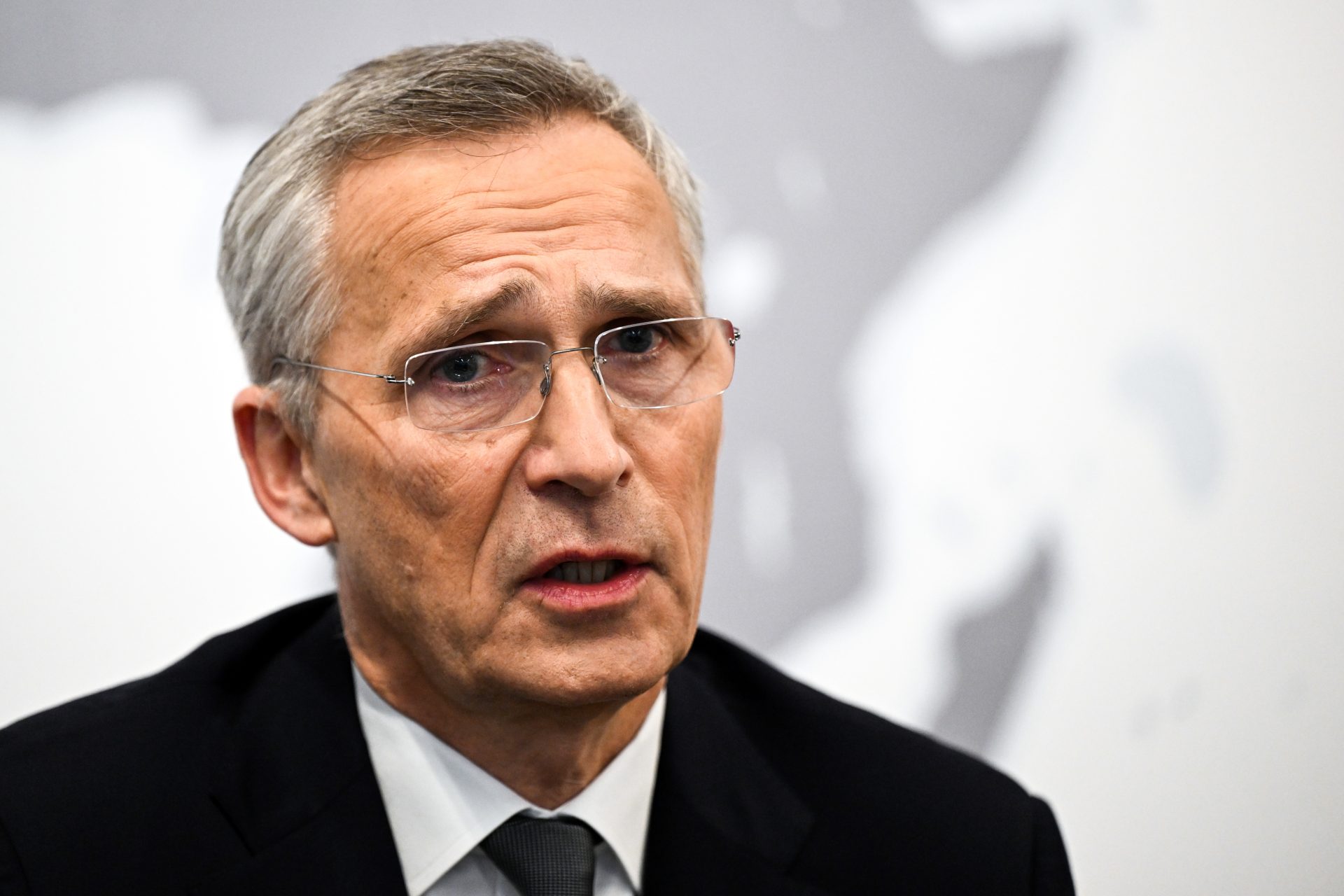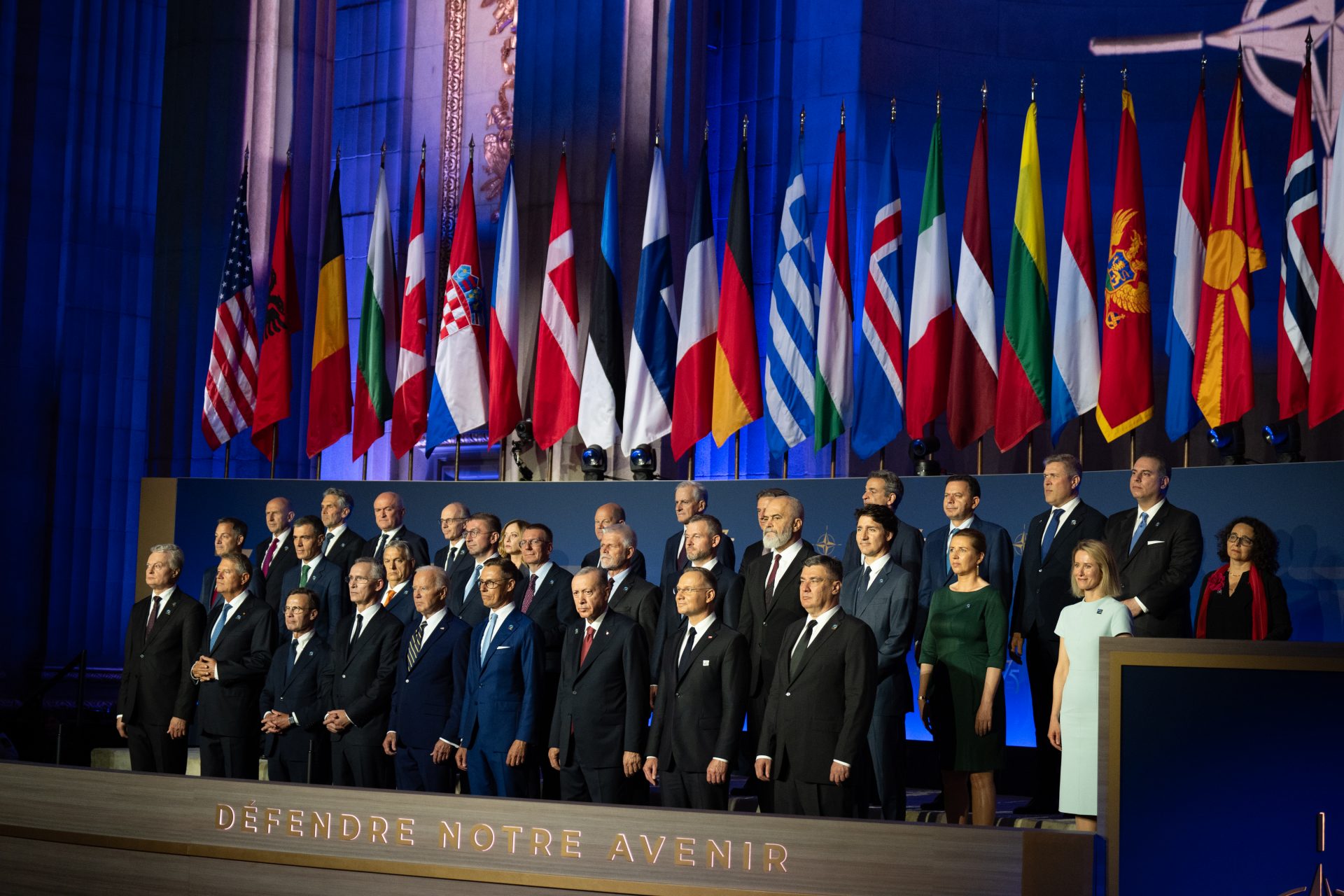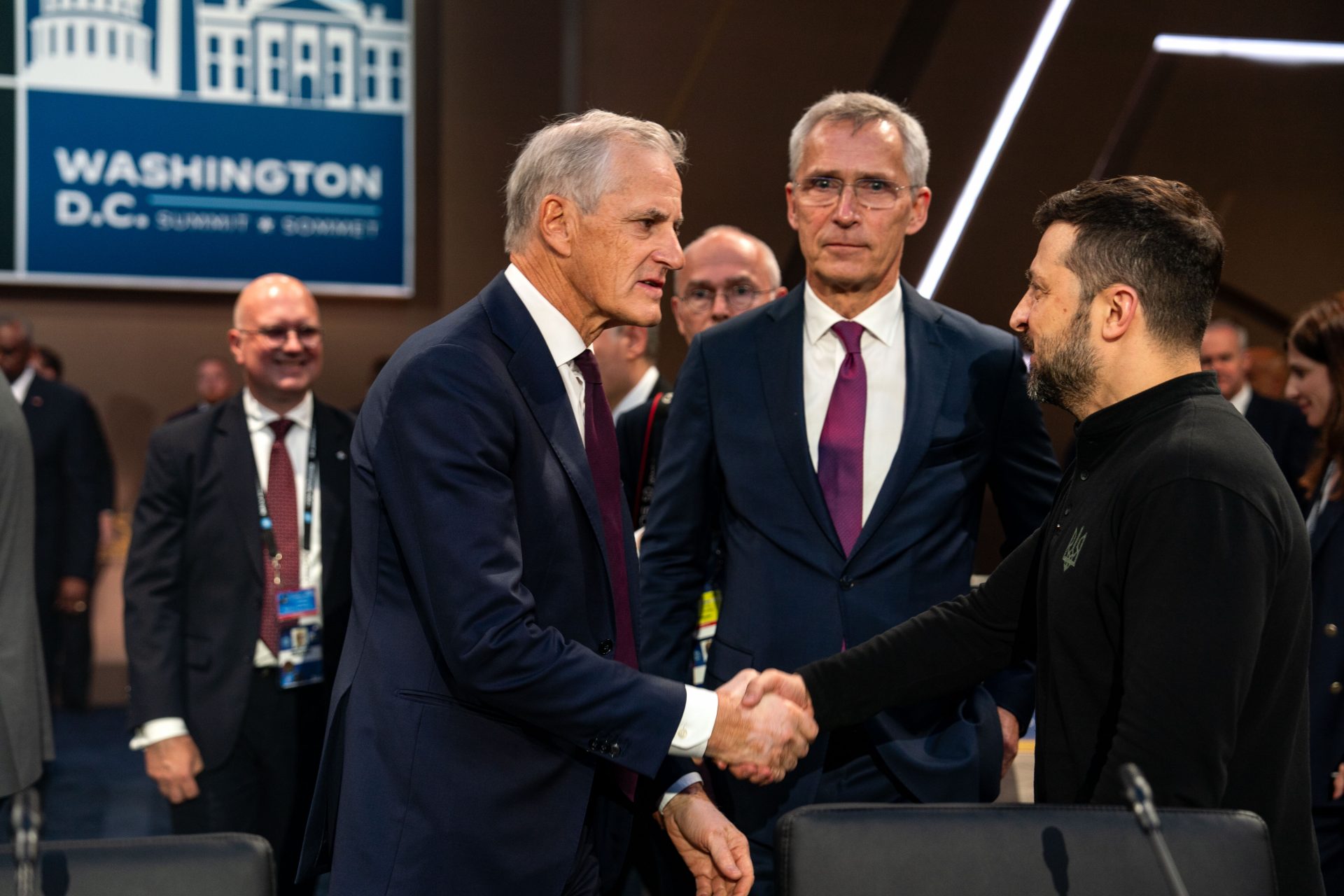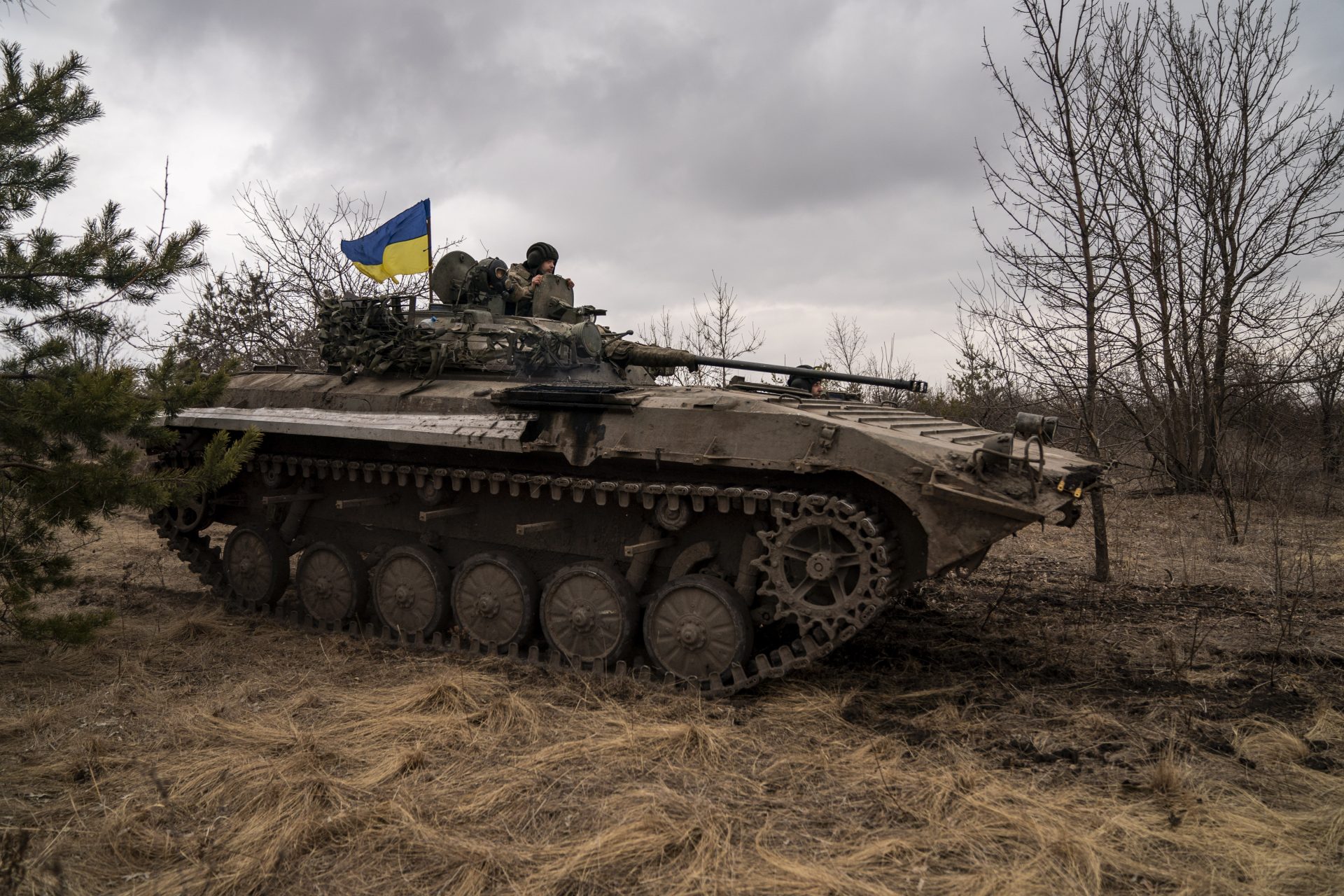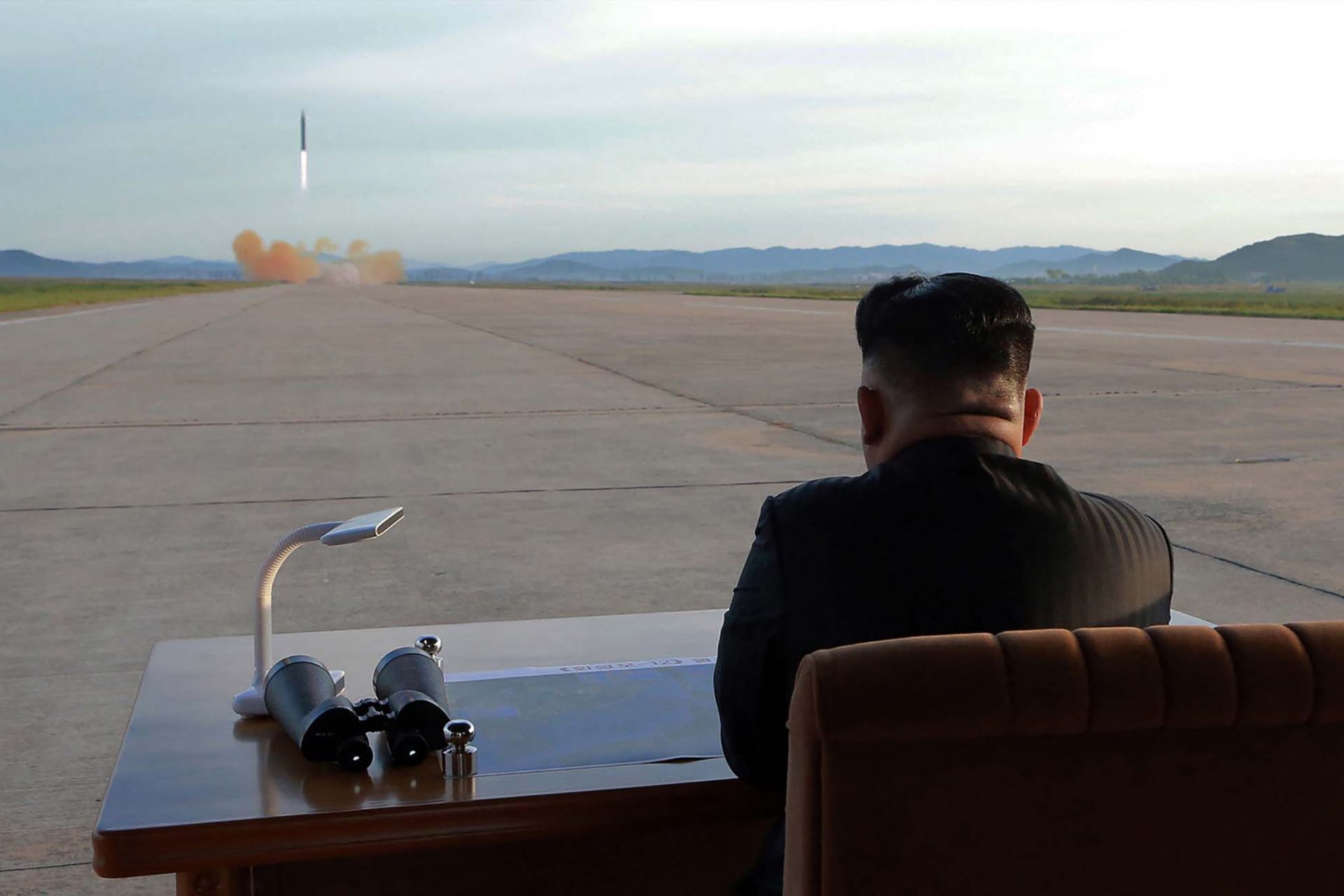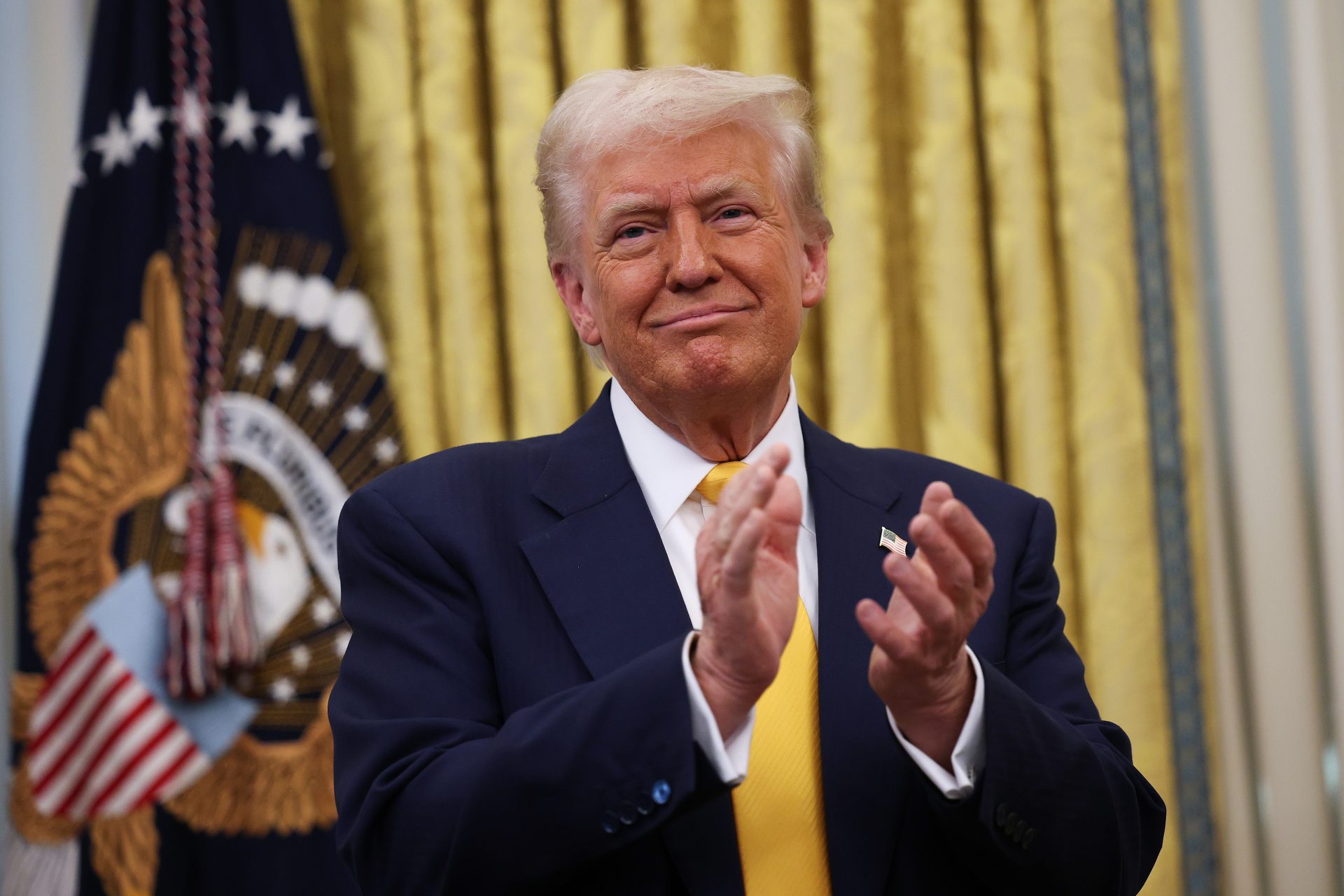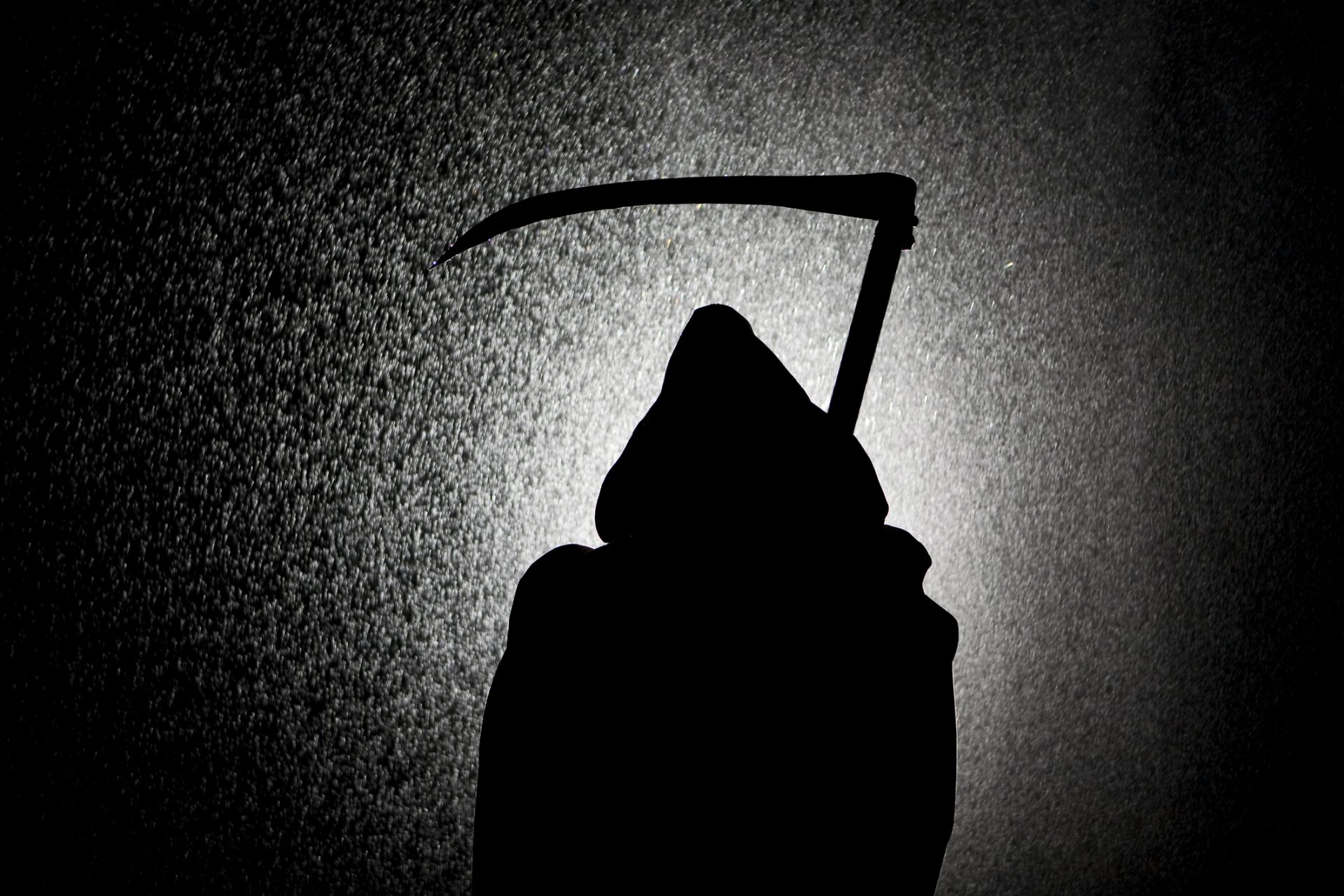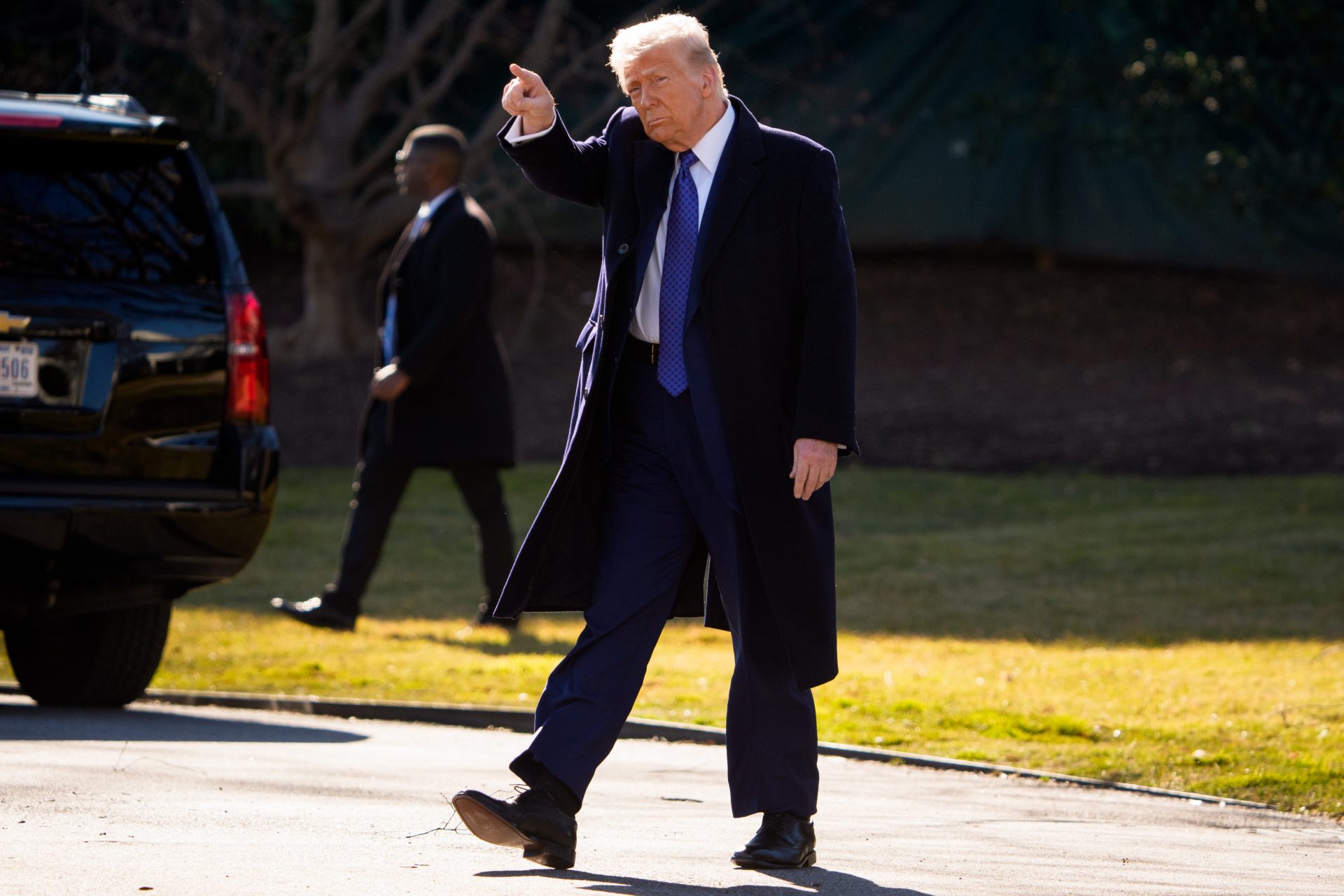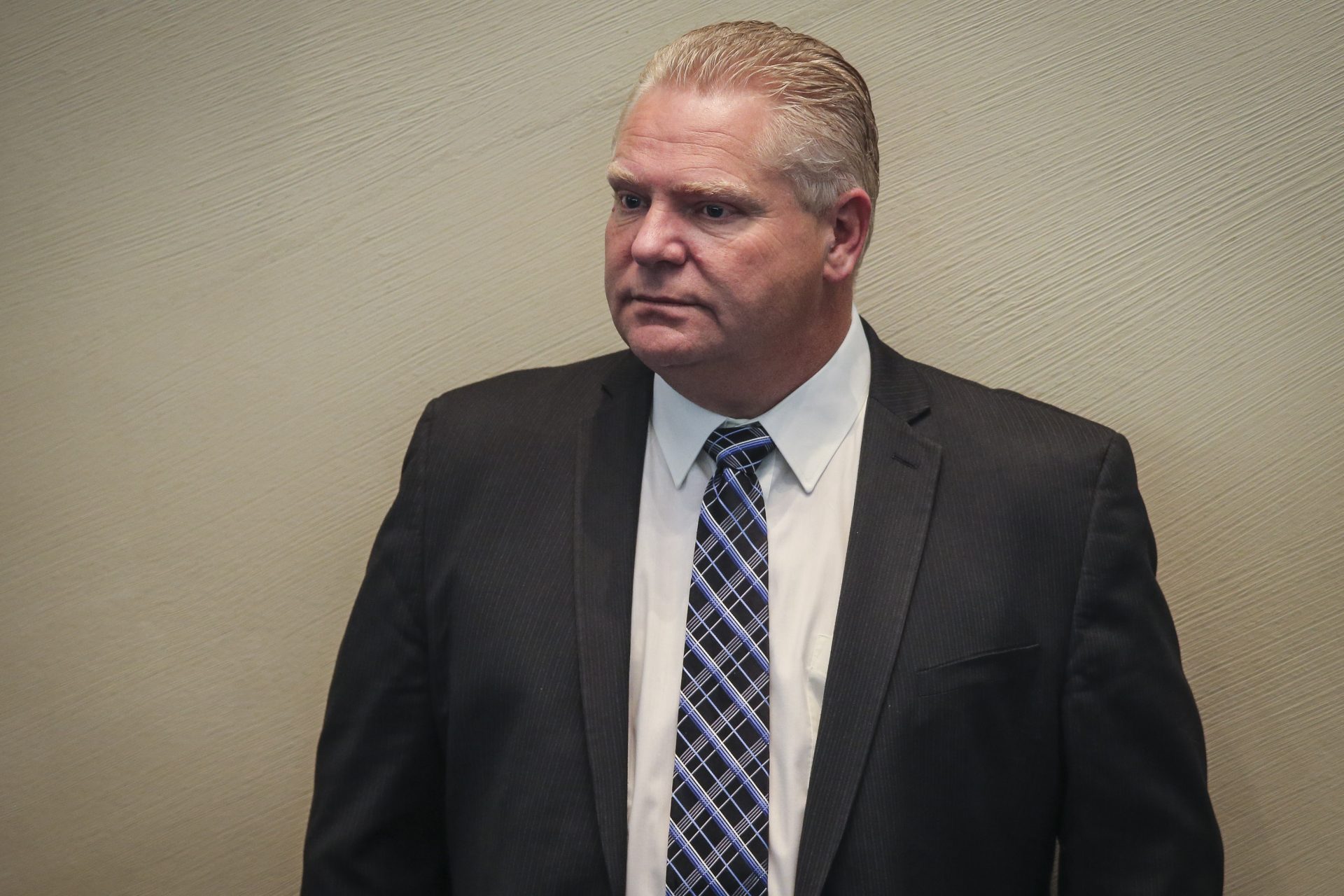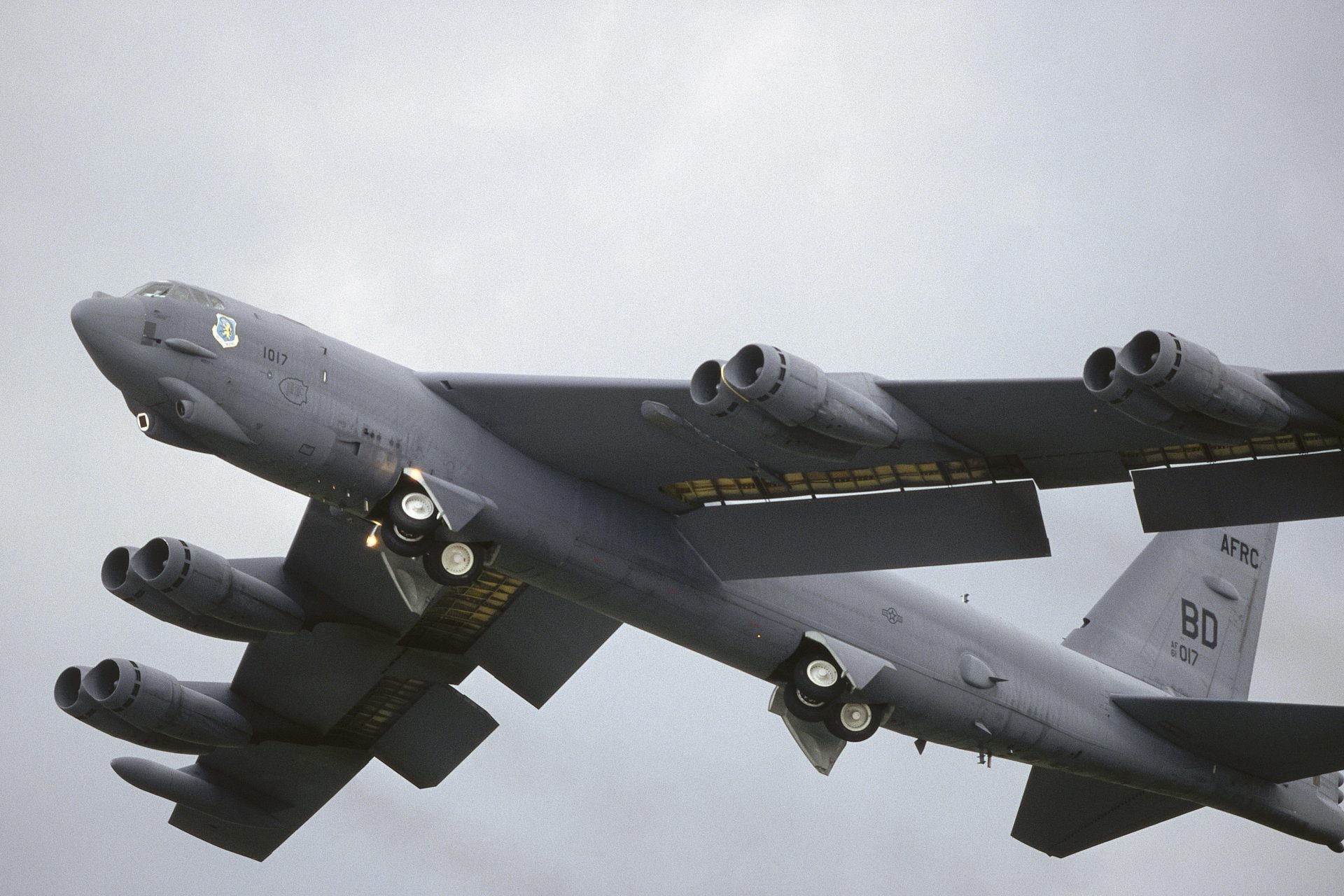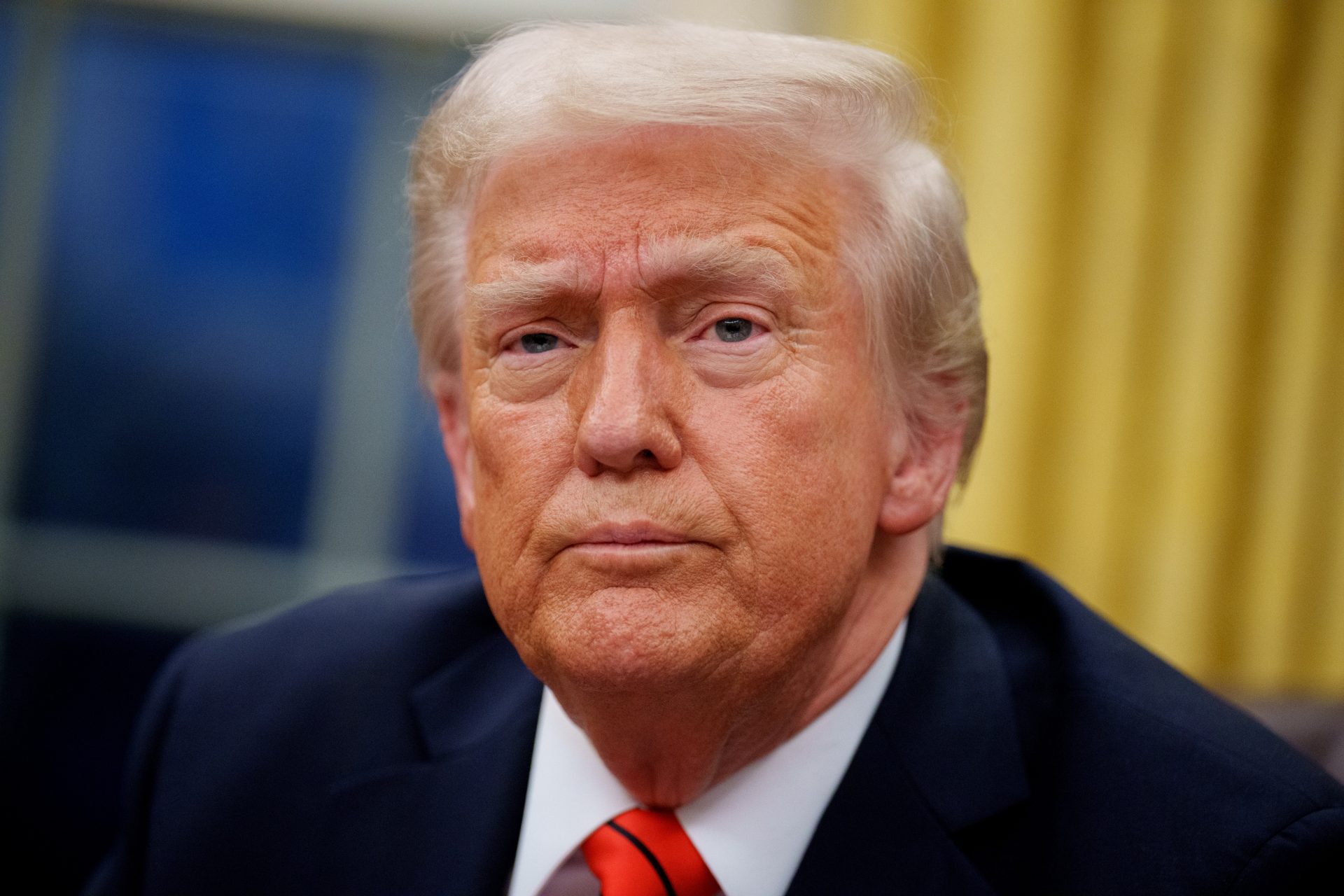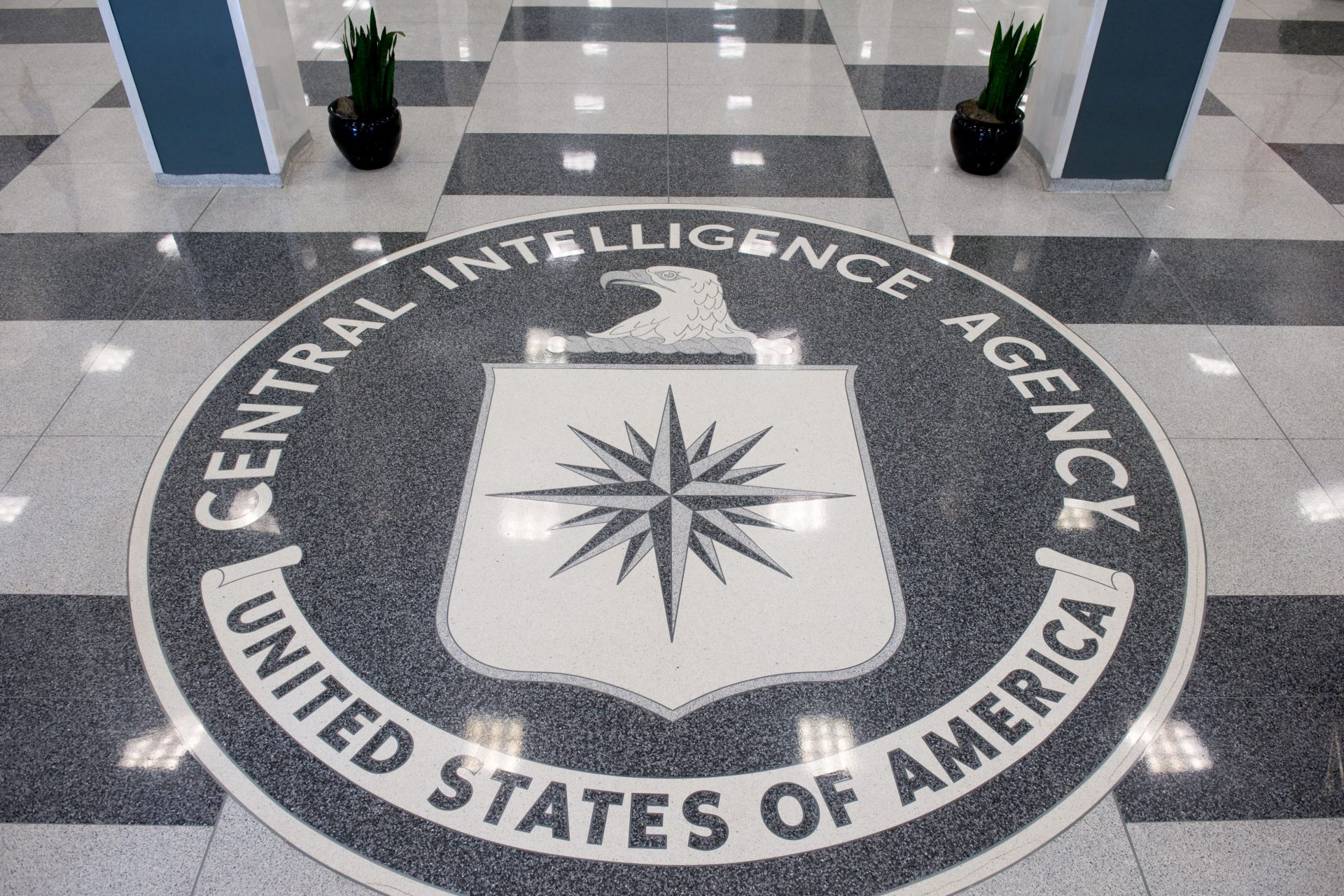Remember NATO's plan to save Ukraine aid if Trump was elected back into office?
The election of Donald Trump back into the White House on November 5th may put the future of Ukrainian security aid at risk. However, NATO once had a plan to avoid this problem.
Long before the former president was voted back into the presidency, NATO member states had been working on a plan to concentrate Ukrainian aid into its hands ahead of the 2024 U.S. Presidential Election.
NATO began formulating a strategy to safeguard against the possibility of Trump disrupting Western assistance to Ukraine if he emerged victorious in the November 2024 presidential election back in early 2024 according to Reuters.
The plan, which has come to be known as the Mission for Ukraine, would entrust NATO with overseeing a substantial $100 billion fund to provide support to Kyiv.
The $100 billion dollar aid package would be managed by the defensive alliance in an effort to protect Ukraine from the possibility of Trump taking office and cutting Kyiv’s assistance.
NATO General Secretary Jens Stoltenberg originally put forth the idea that would see NATO’s 32 member states commit the $100 billion dollars according to The Telegraph.
“If approved, it would also give the alliance control of the US-led Ramstein weapons support group and see it manage the supply of lethal weapons to Ukraine for the first time since Russia’s full-scale invasion in 2022,” explained The Telegraph’s Henry Foy wrote in April 2024.
Stoltenberg pitched the new plan as a way to “shield the mechanism against the winds of political change” according to unnamed sources briefed on the plan and the alliance decided to move forward with it after talks on April 3rd.
The foreign ministers of NATO member states met in Brussels as part of two days of meetings that saw the alliance celebrate its 75th anniversary and begin preparing for the group's upcoming Washington Summit that will take place in July 2024.
Ministers discussed the possibility of preparing the $100 billion dollar aid plan that was proposed by Stoltenberg and agreed to move forward with the proposal that would put NATO in more control of aid to Ukraine, Stoltenberg said.
NATO would not only control the purse strings to a large amount of money and weapons but it would also take a primary role in coordinating security assistance and training for Ukraine as well as providing the support Kyiv needed for the long term.
“The Ukrainians are not running out of courage, they are running out of ammunition,” Stoltenberg said after the meeting according to a press release. “We discussed how to put our support on a firmer and more enduring basis for the future.”
Stoltenberg added that the details of the plan would take shape over the coming weeks and noted: “Ukraine can rely on NATO support now, and for a long haul." But why would such a plan be needed and what is the alliance worried about?
As some sources suggested at the time, there was a real fear among the alliance’s members that Trump would be swept back into office in 2024 and then enact policies that would put the future of Ukraine at risk by withholding security assistance.
However, one unnamed European official also told Newsweek that the reality of the war in Ukraine and the brutal nature of the fighting raised “alarm bells” for member states more than the prospect of a resurgent Trump in the White House.
“This happened before Trump 2.0 actually became a viable future," the official said. "I would rather say that a potential new Trump term is speeding up that process and stressing the importance of Europe's own defense capabilities."
Regardless of why NATO was making a move to take on a greater role in Russia’s war against Ukraine, it was still a serious step for the alliance that will put it at even greater odds with Moscow and could change the nature of the alliance.
“This will be crossing a Rubicon. Nato will have a role in coordinating lethal support to Ukraine,” one diplomat said according to The Telegraph. “I see consensus emerging and I think it will be there by the time we get on the plane to Washington.”
If the Mission for Ukraine was to move forward, it would need the support of all NATO member states, and that was an issue for Stoltenberg's plan members of the defensive alliance didn't want to participate in the plan.
For example, on May 8th, Hungarian Foreign Minister Peter Szijjarto repeated his country's firm claim that Hungary would not take part in NATO's plan to develop a support fund for Ukraine during a Facebook live event in London according to Reuters.
"Hungary will stay out of NATO's crazy mission despite all the pressure," Szijjarto stated. In April, Hungarian government spokesperson Zoltan Kovacs noted on X that Hungary would not back the plan because it "might draw the alliance closer to war or shift it from a defensive to an offensive coalition."
In June 2024, Bloomberg News revealed that Stoltenberg abandoned his plan to develop a $100 billion dollar aid fund for Ukraine after it received too much pushback from NATO Member states.
A new proposal that sought to develop a NATO-based aid fund for Kyiv of 43 billion dollars (40 euros) that would provide lethal and non-lethal aid to Ukraine that was in line with the amount already being donated to Urkiane from member states since the Russian invasion of Ukraine began in February 2022.
"We have already spent roughly 40 billion per year so far, but what I’m asking allies to do is to commit that for the following years," Stoltenberg said at the time. "We must maintain at least this level of support each year, for as long as necessary."
Bloomberg reported the funding proposal had broad support from most NATO allies but noted Hungray's support was not know and added that Turkey had pushed back on the idea, concerned that it could lead be seen as the alliance taking a greater role in the conflict.
More for you
Top Stories



